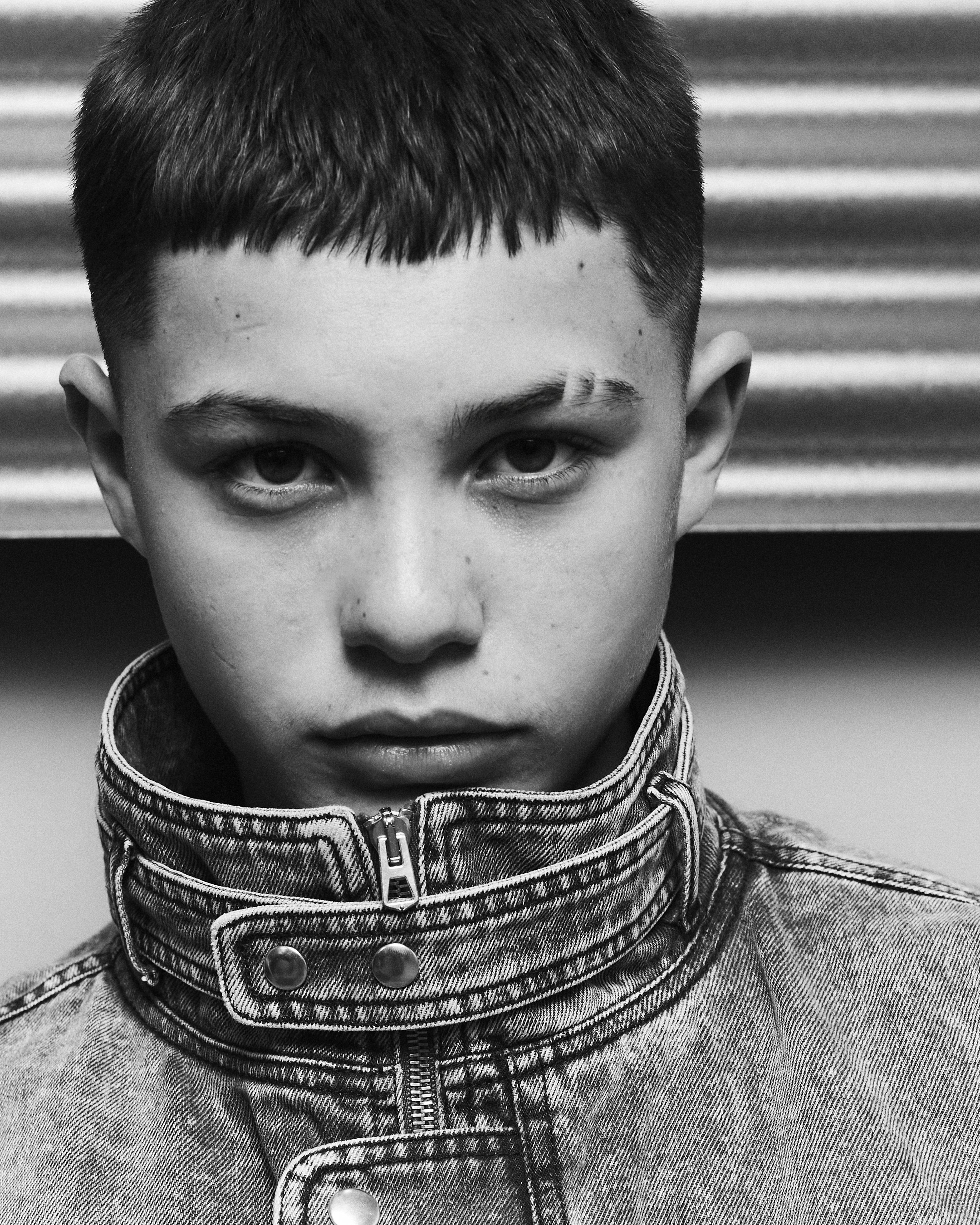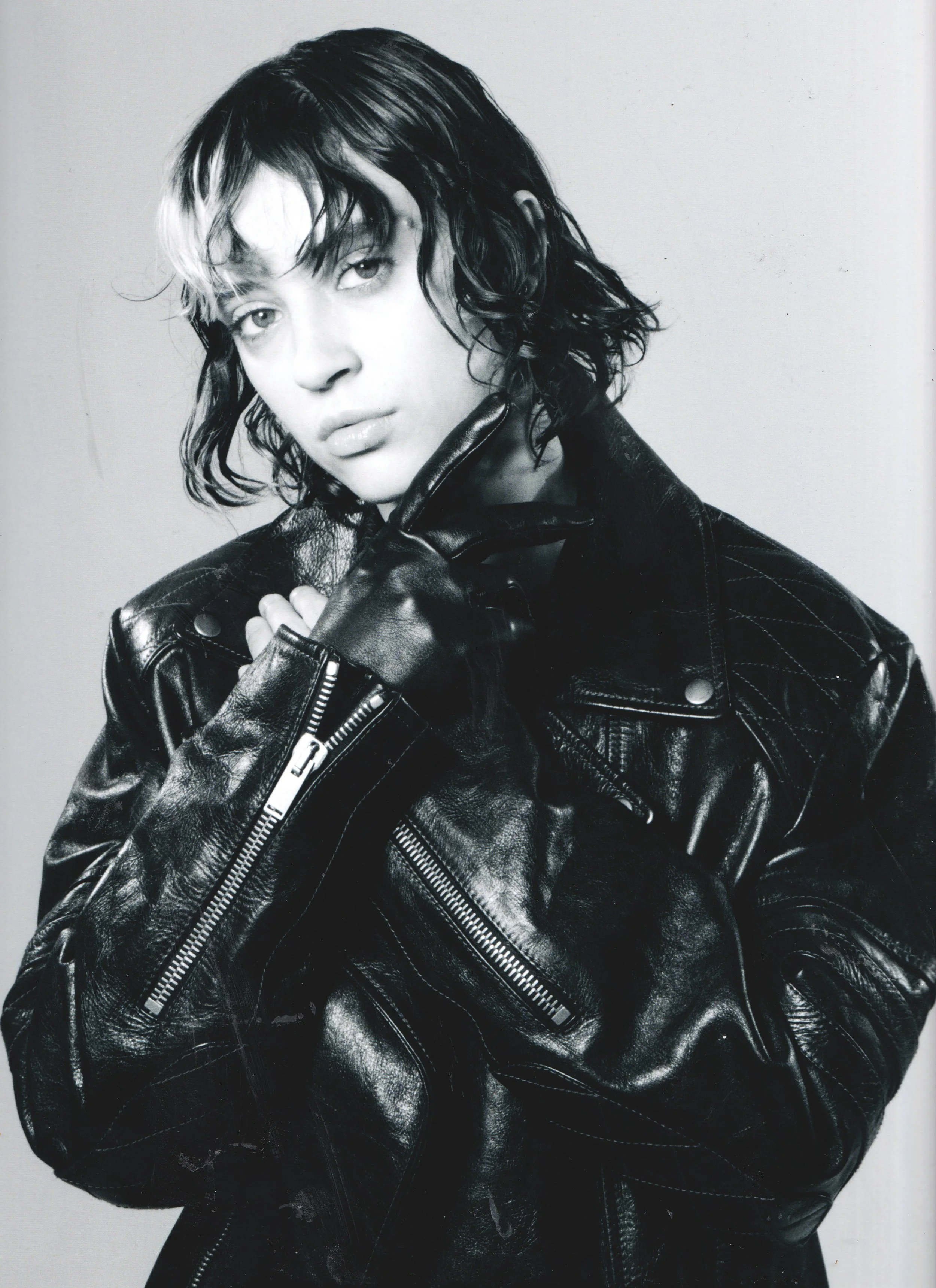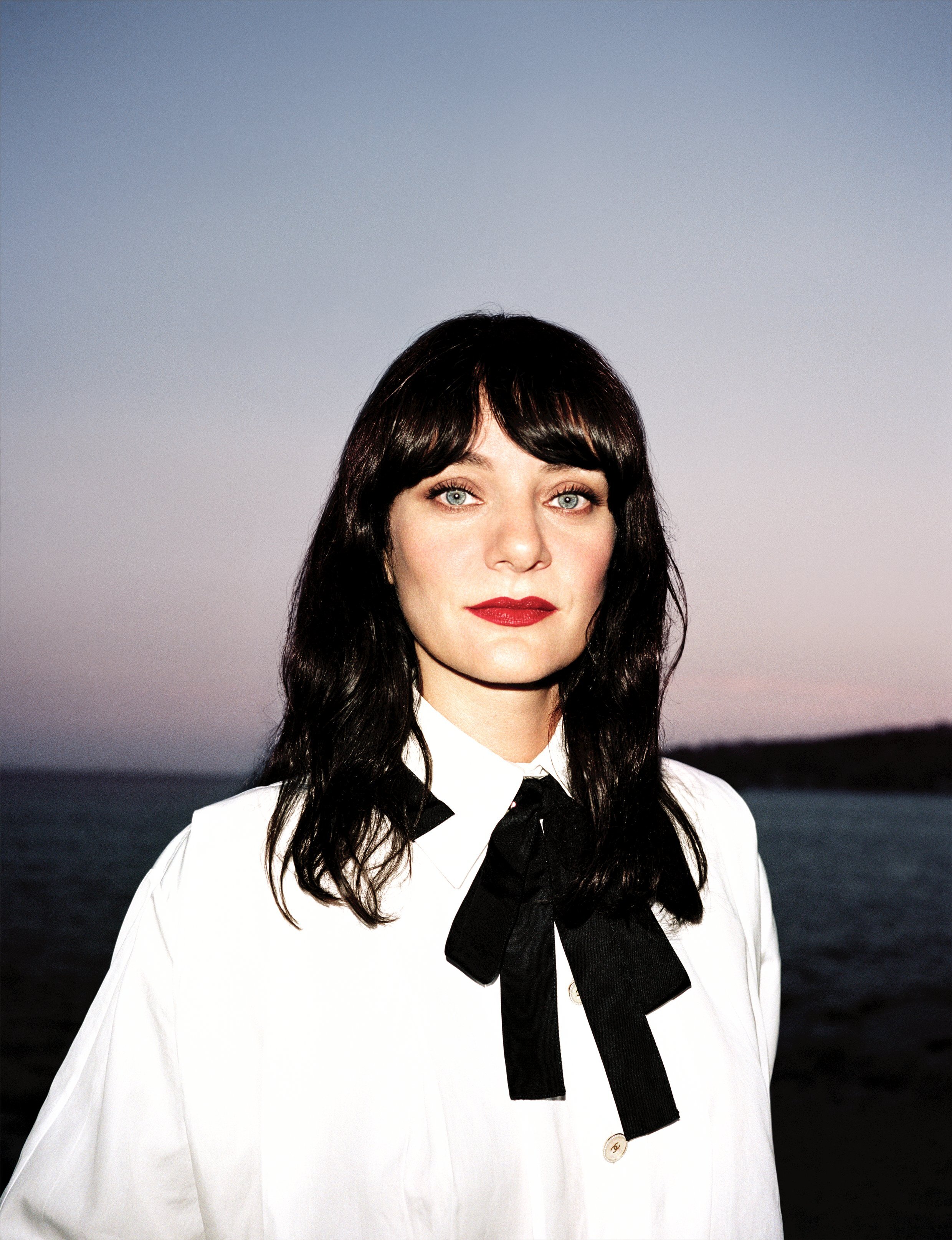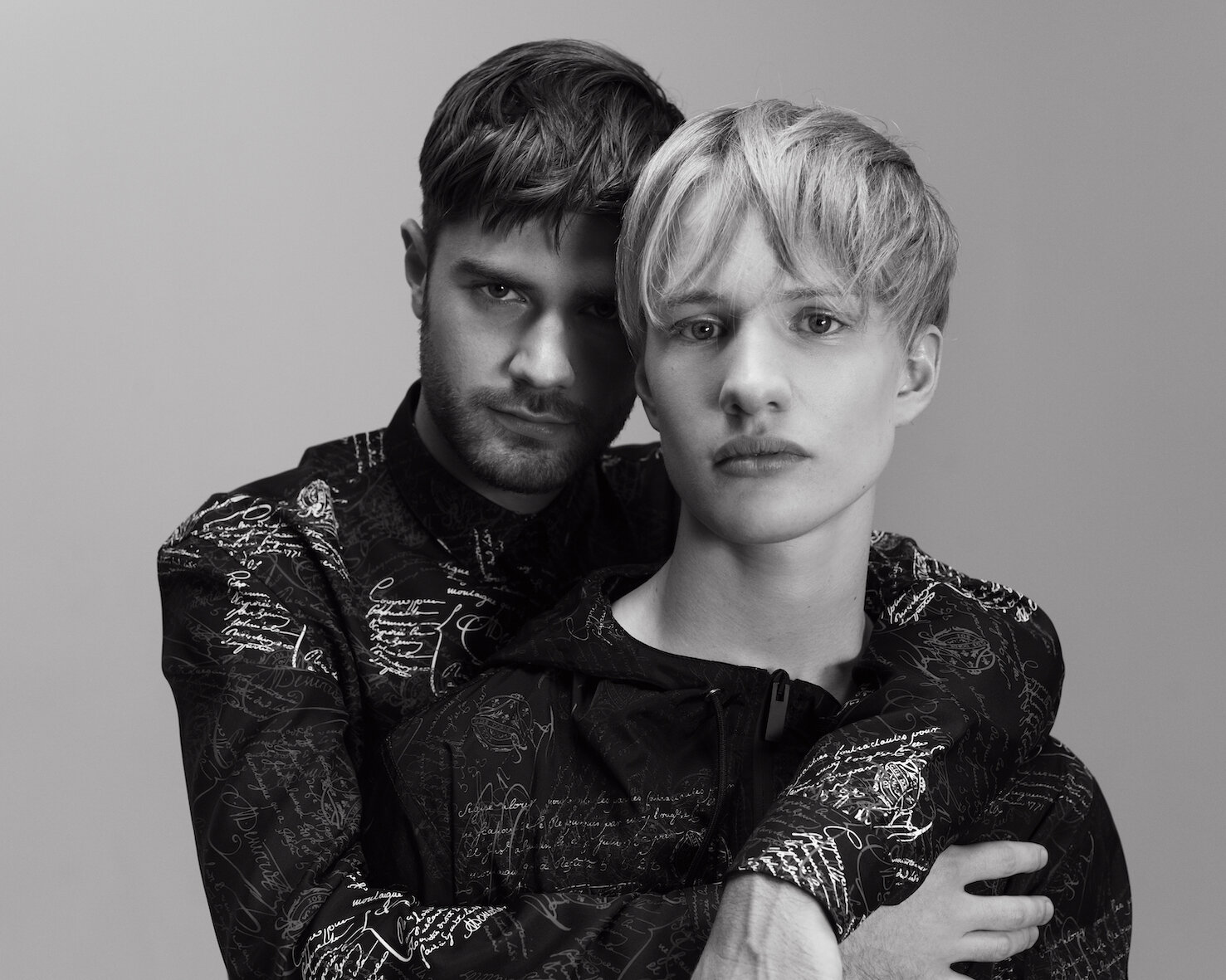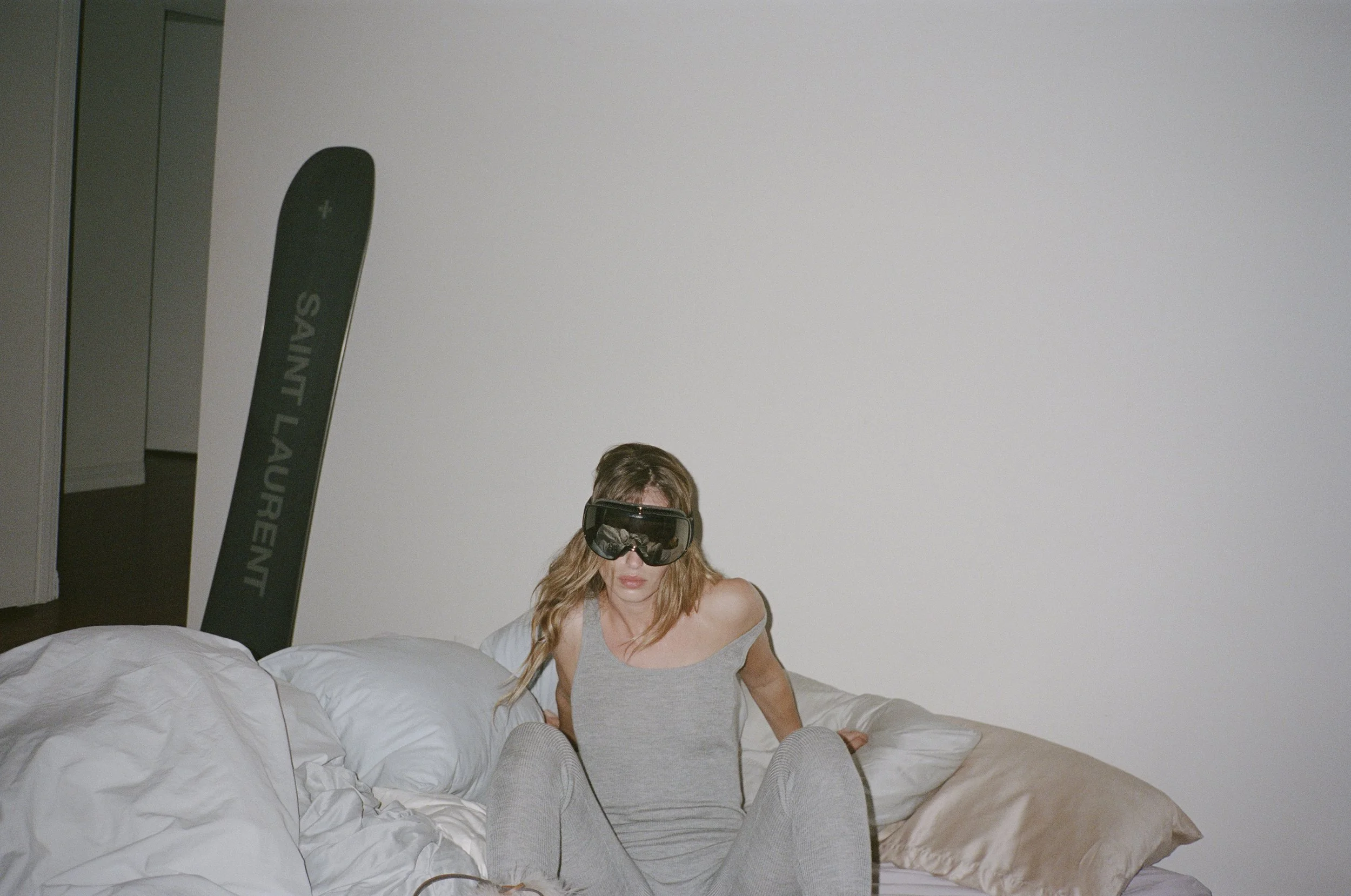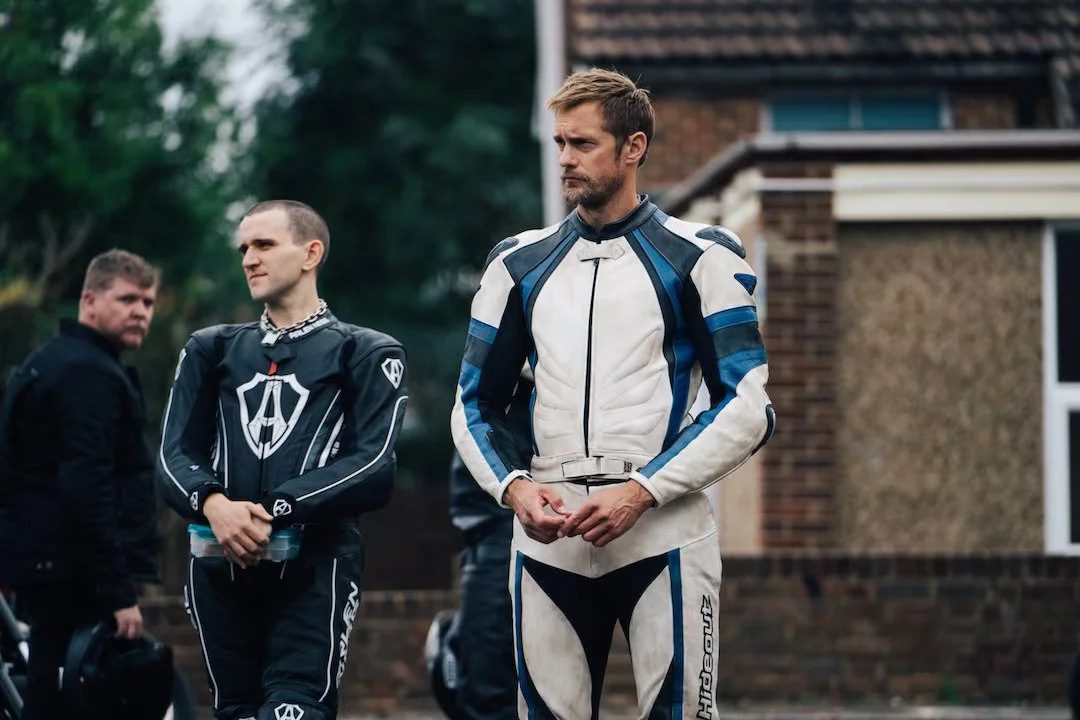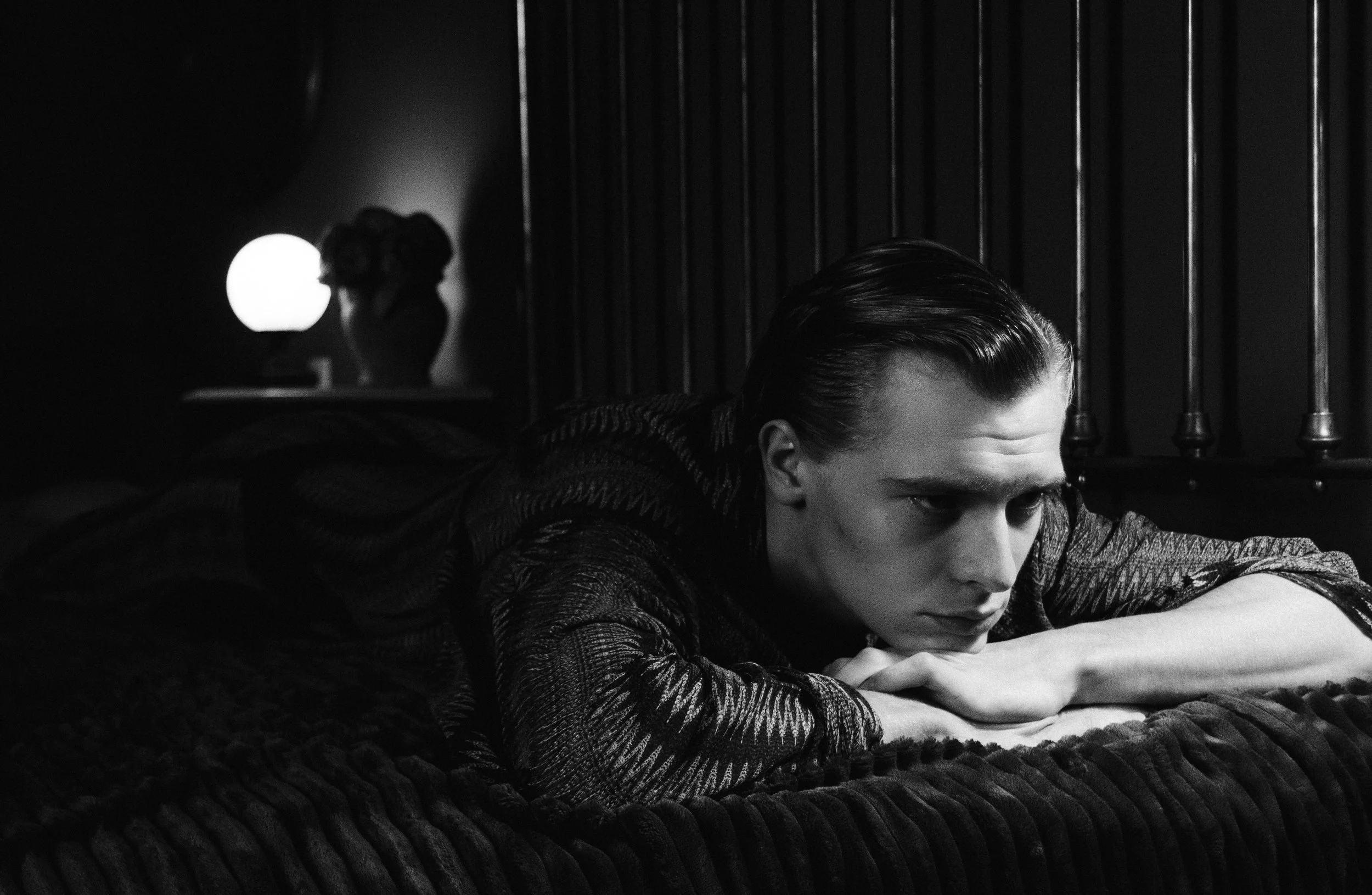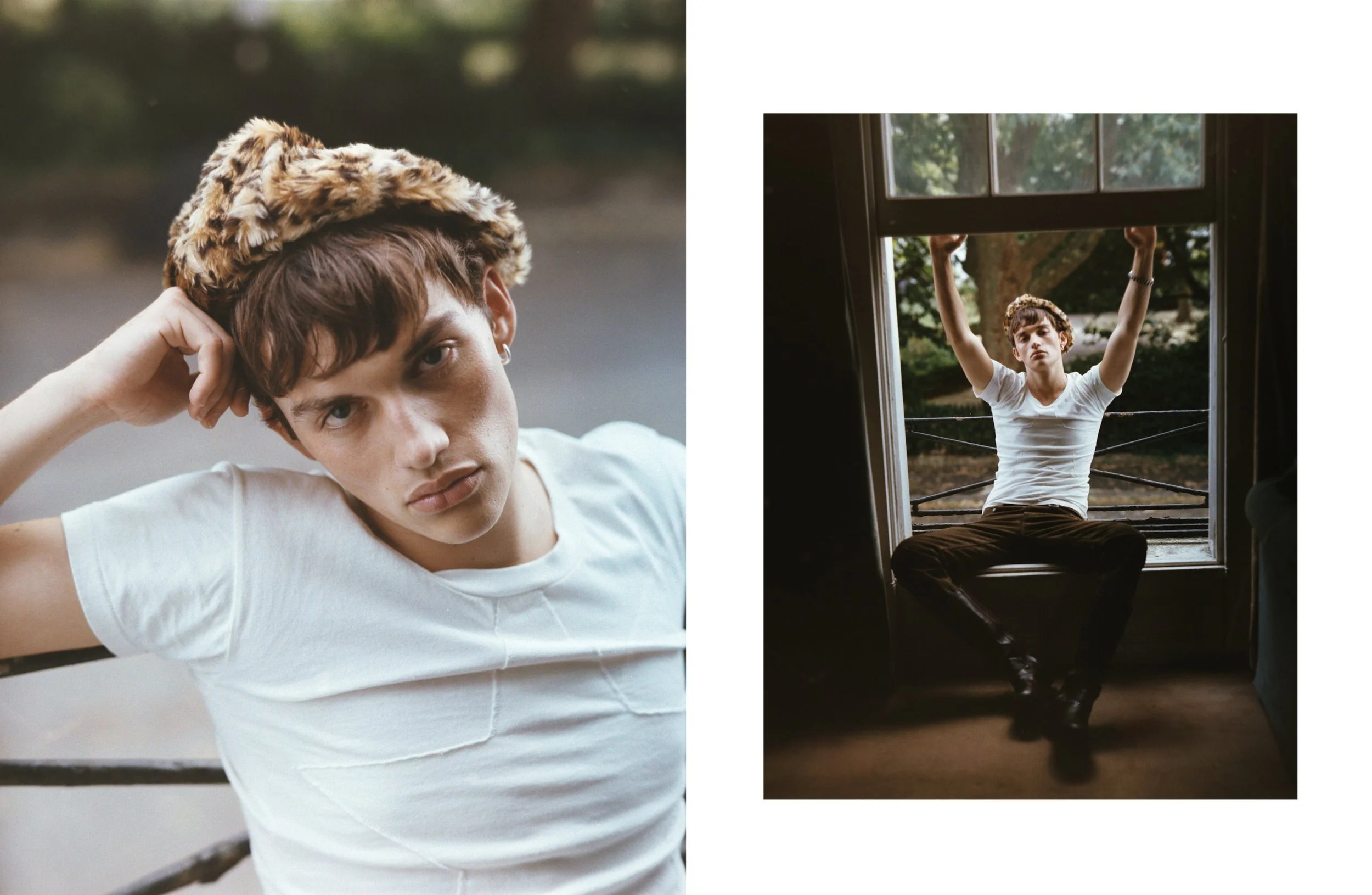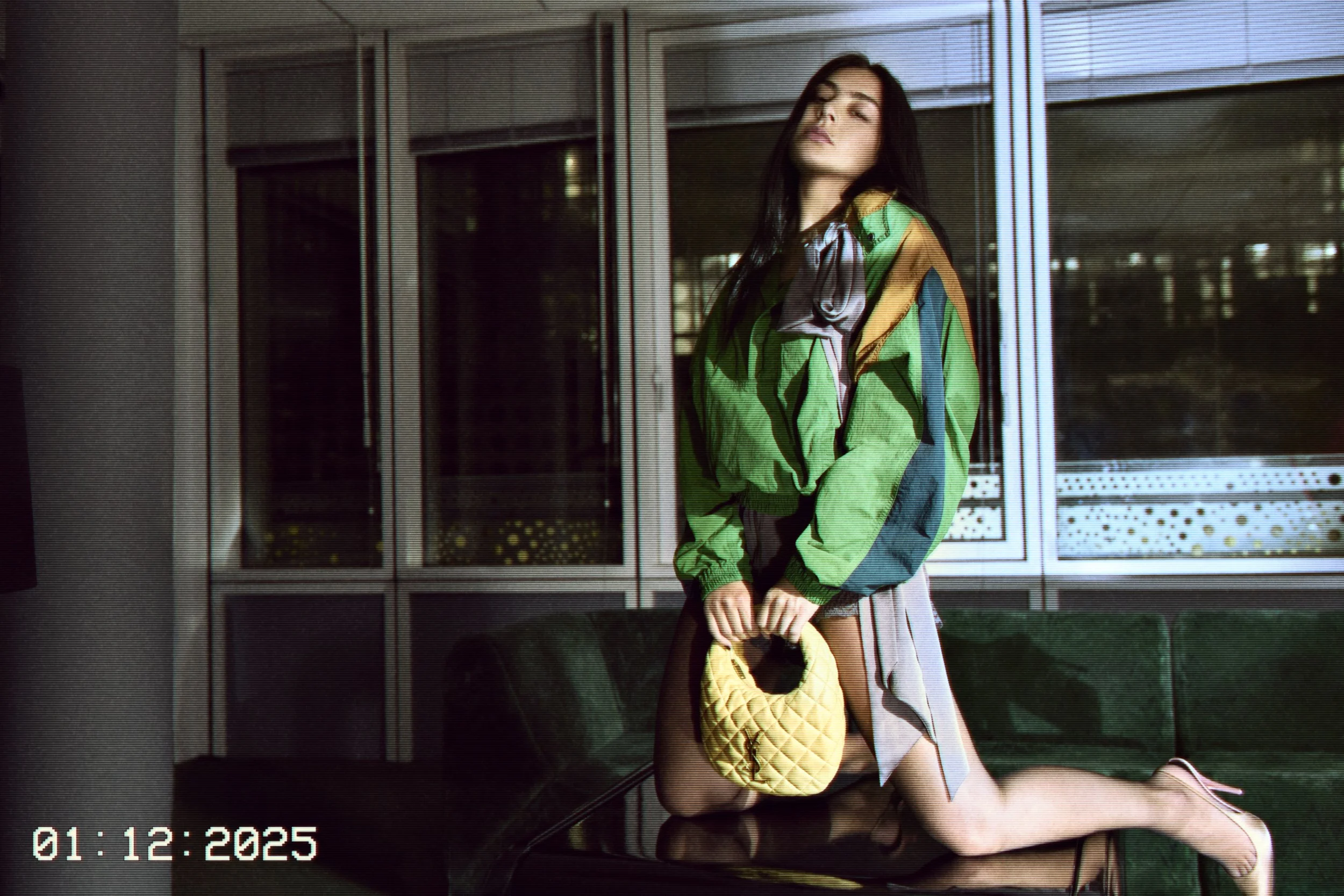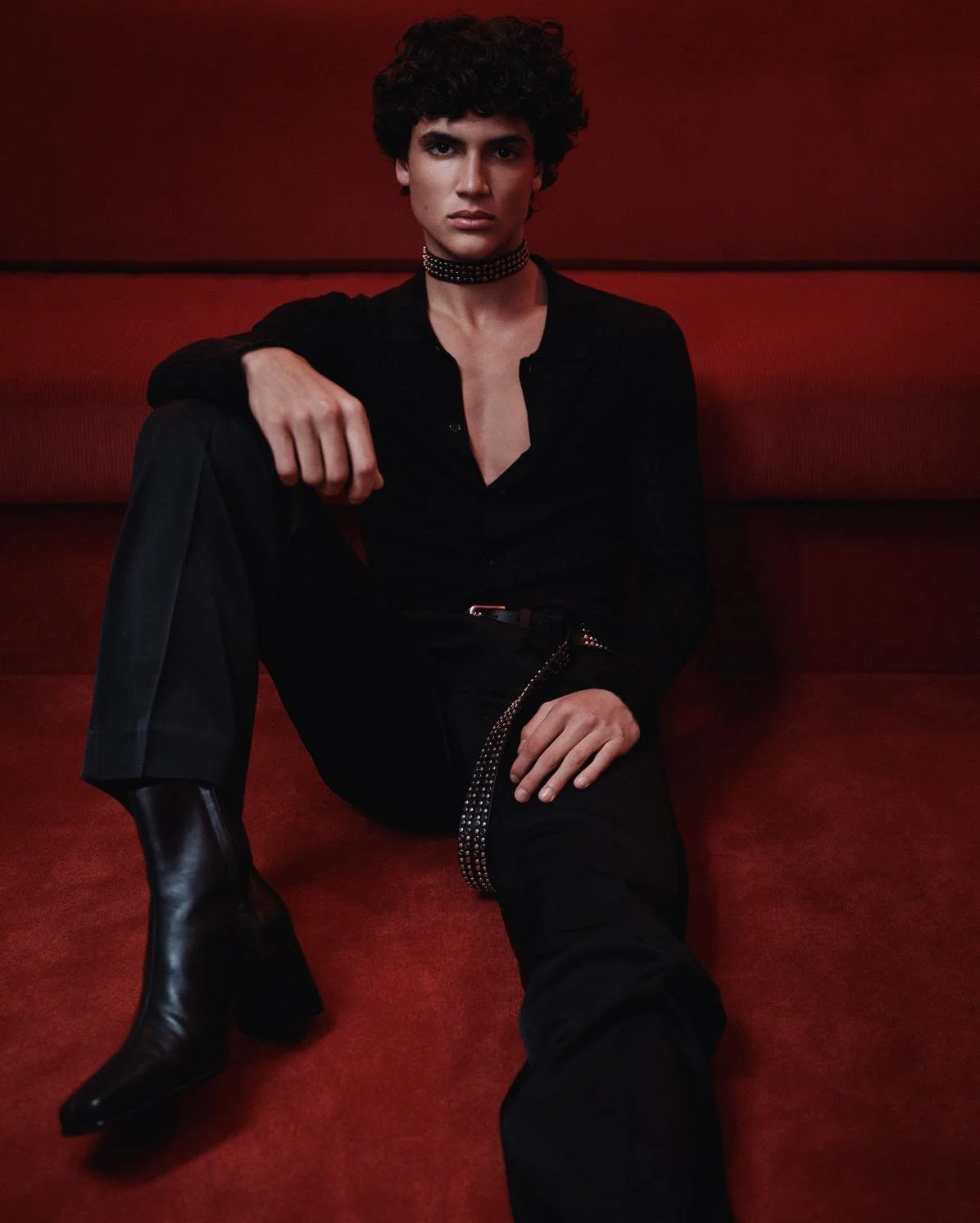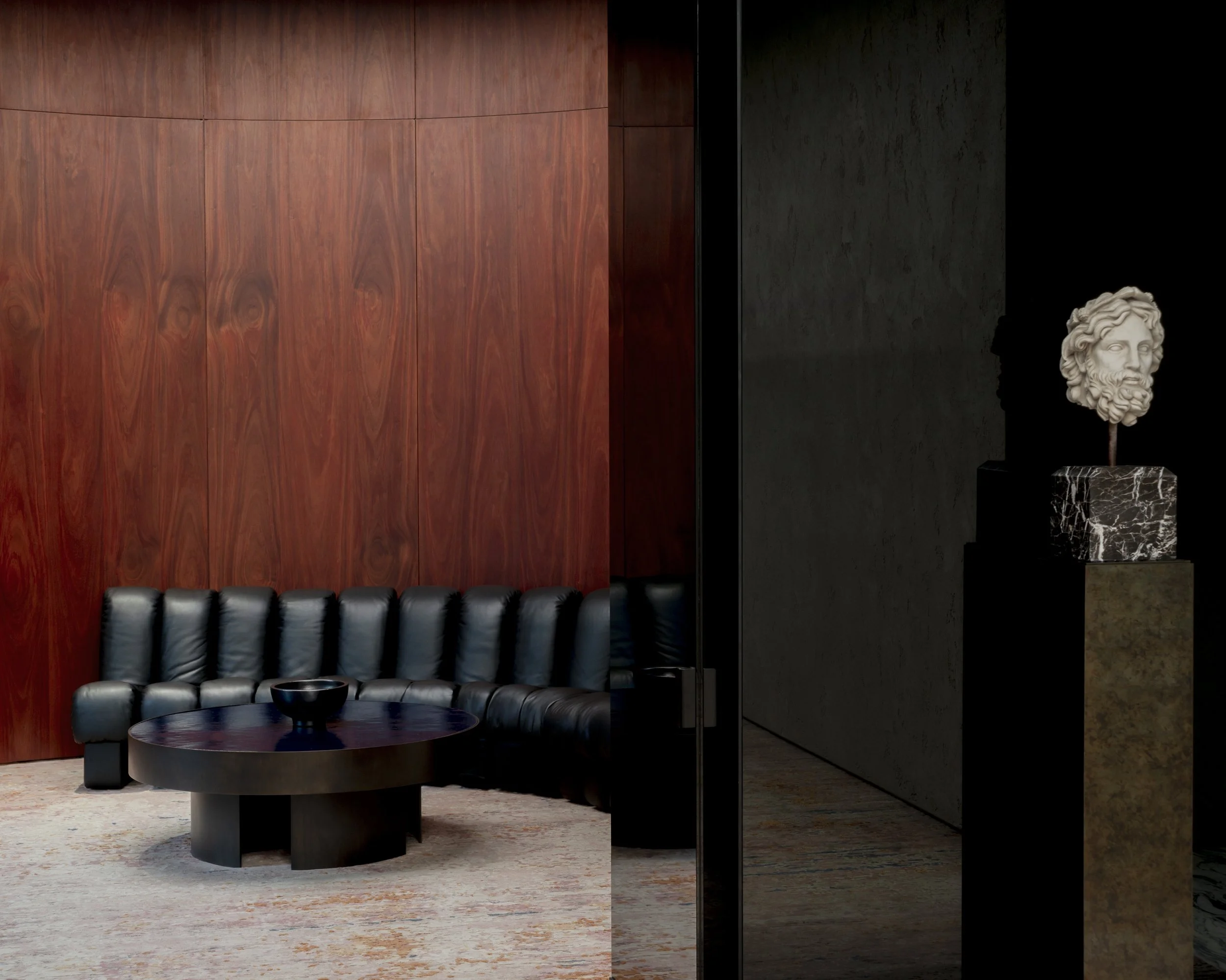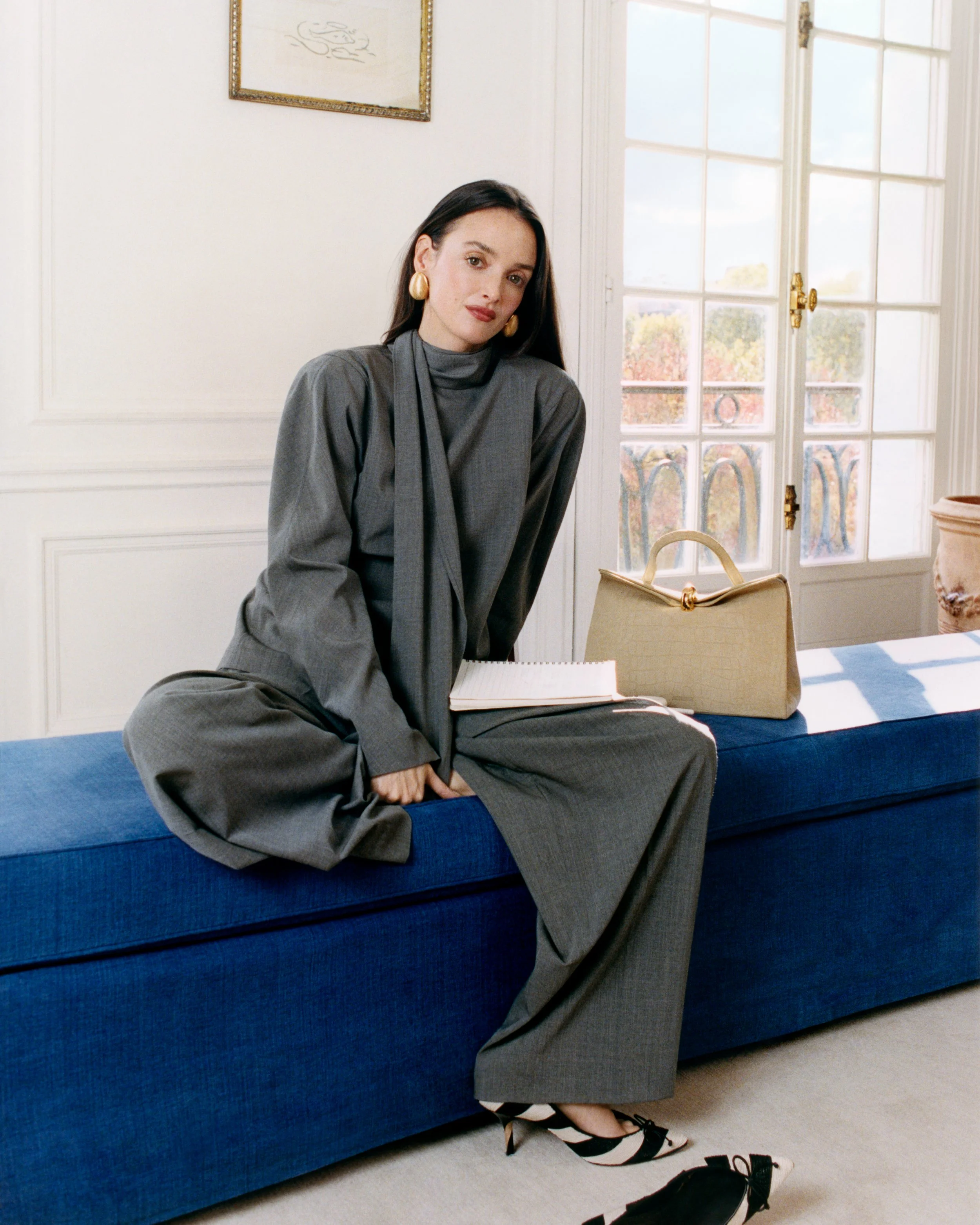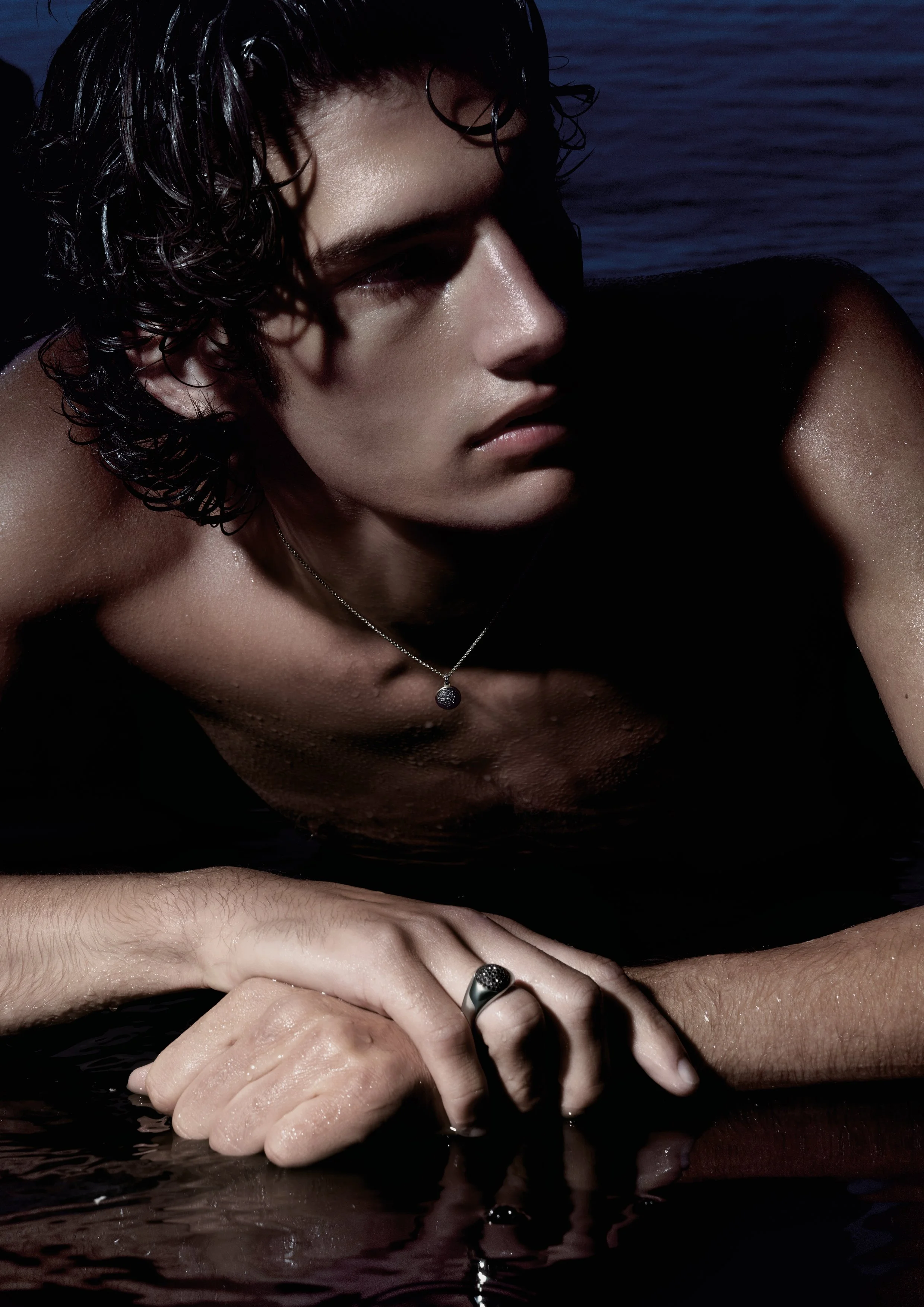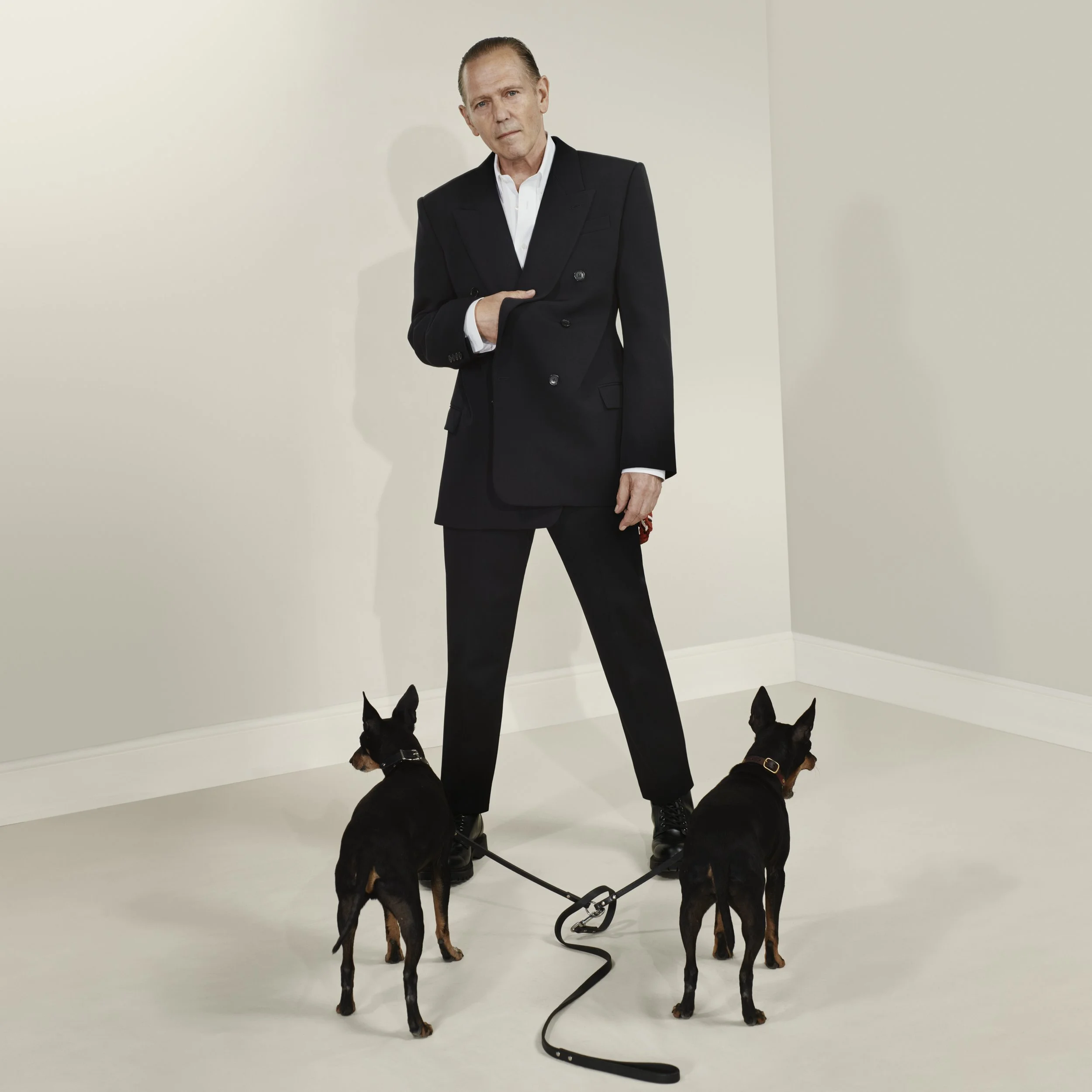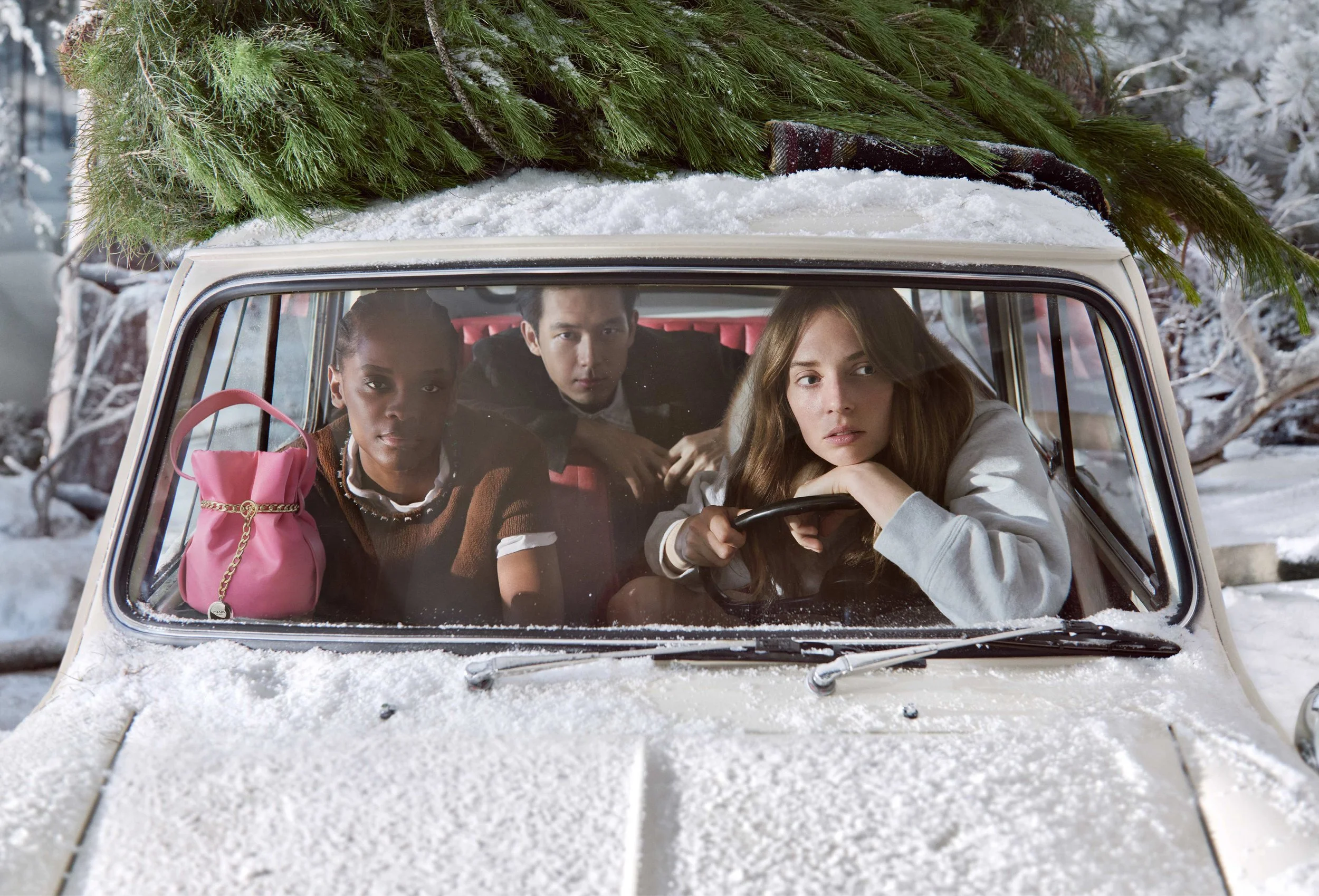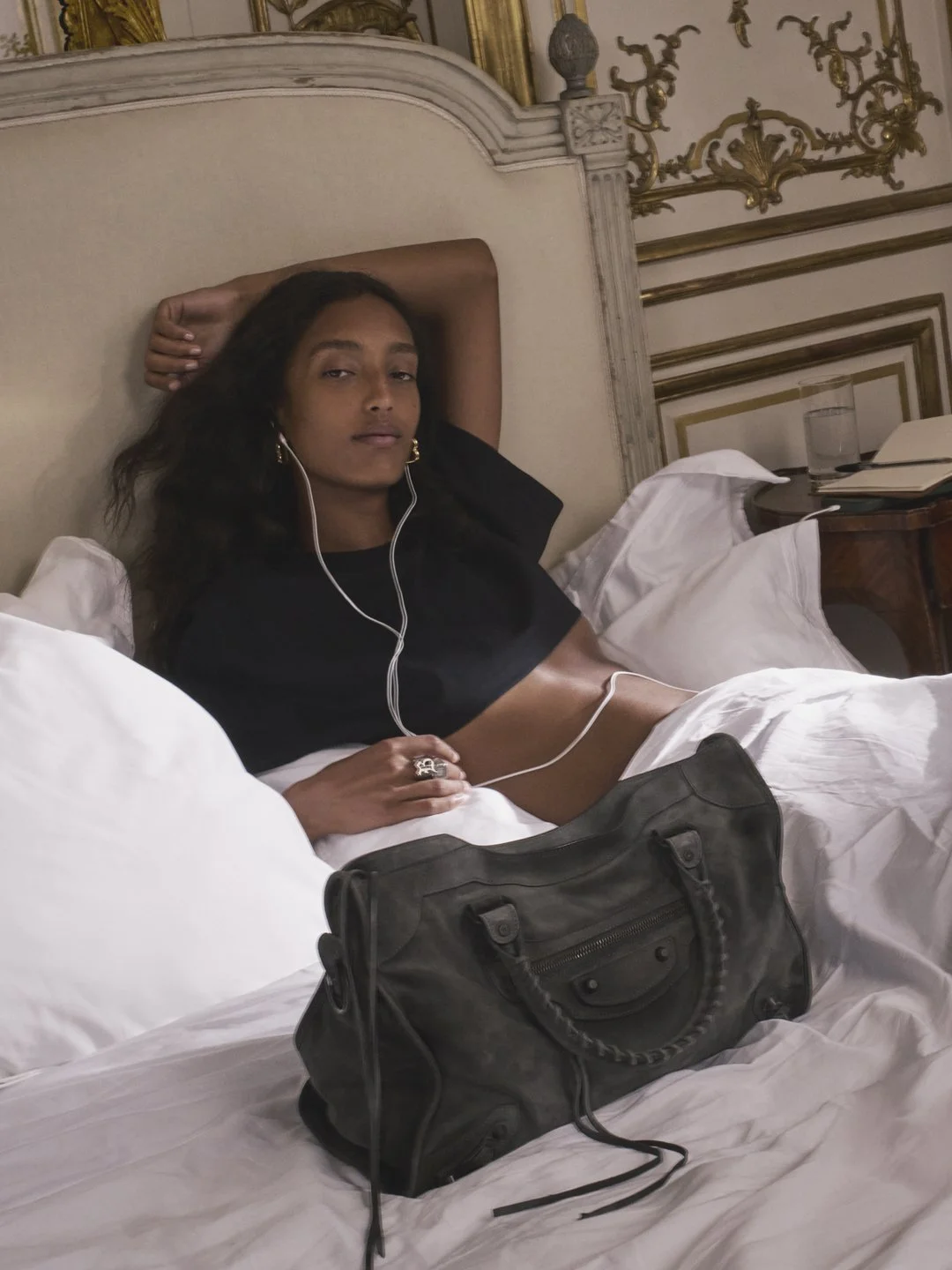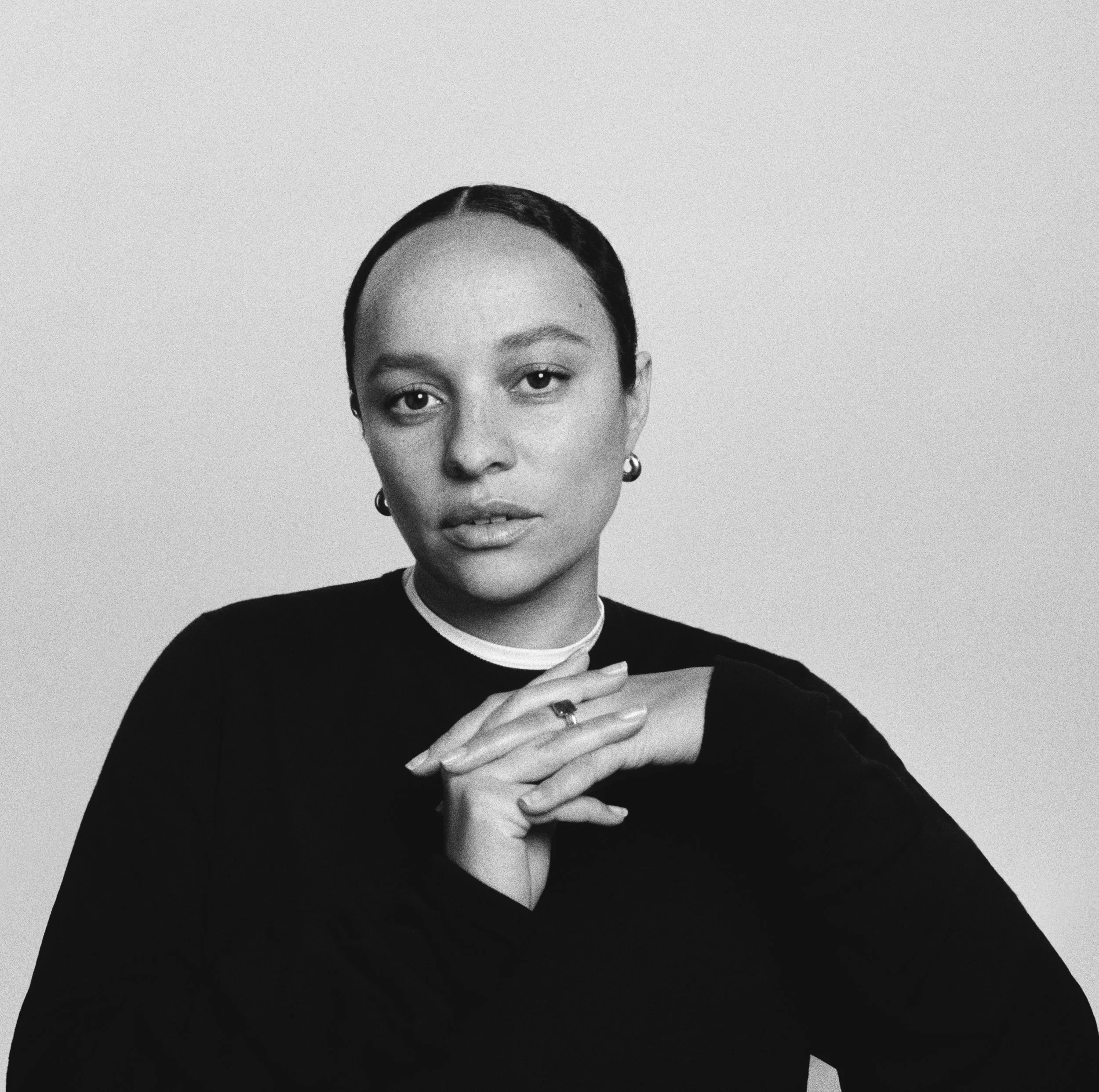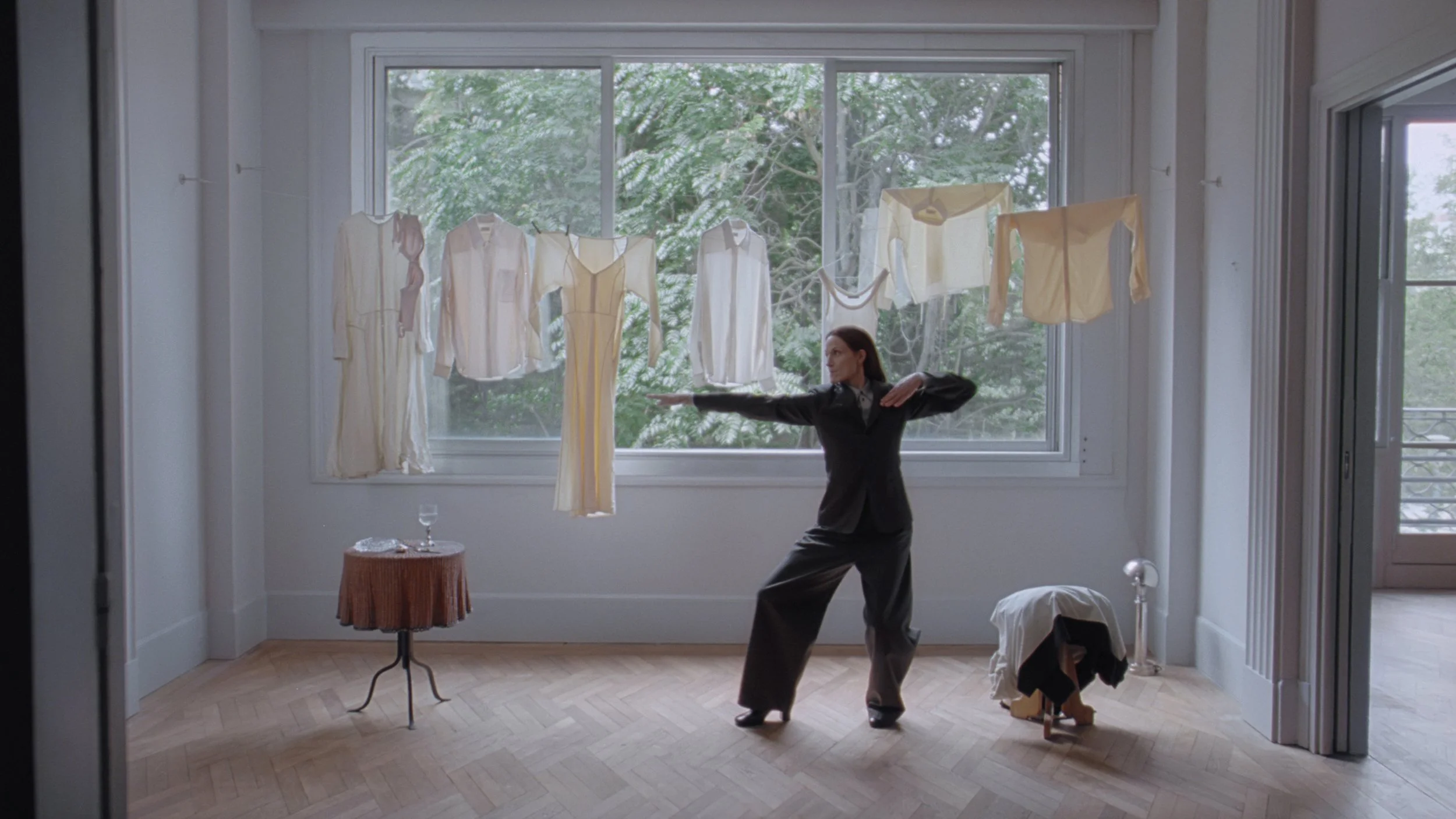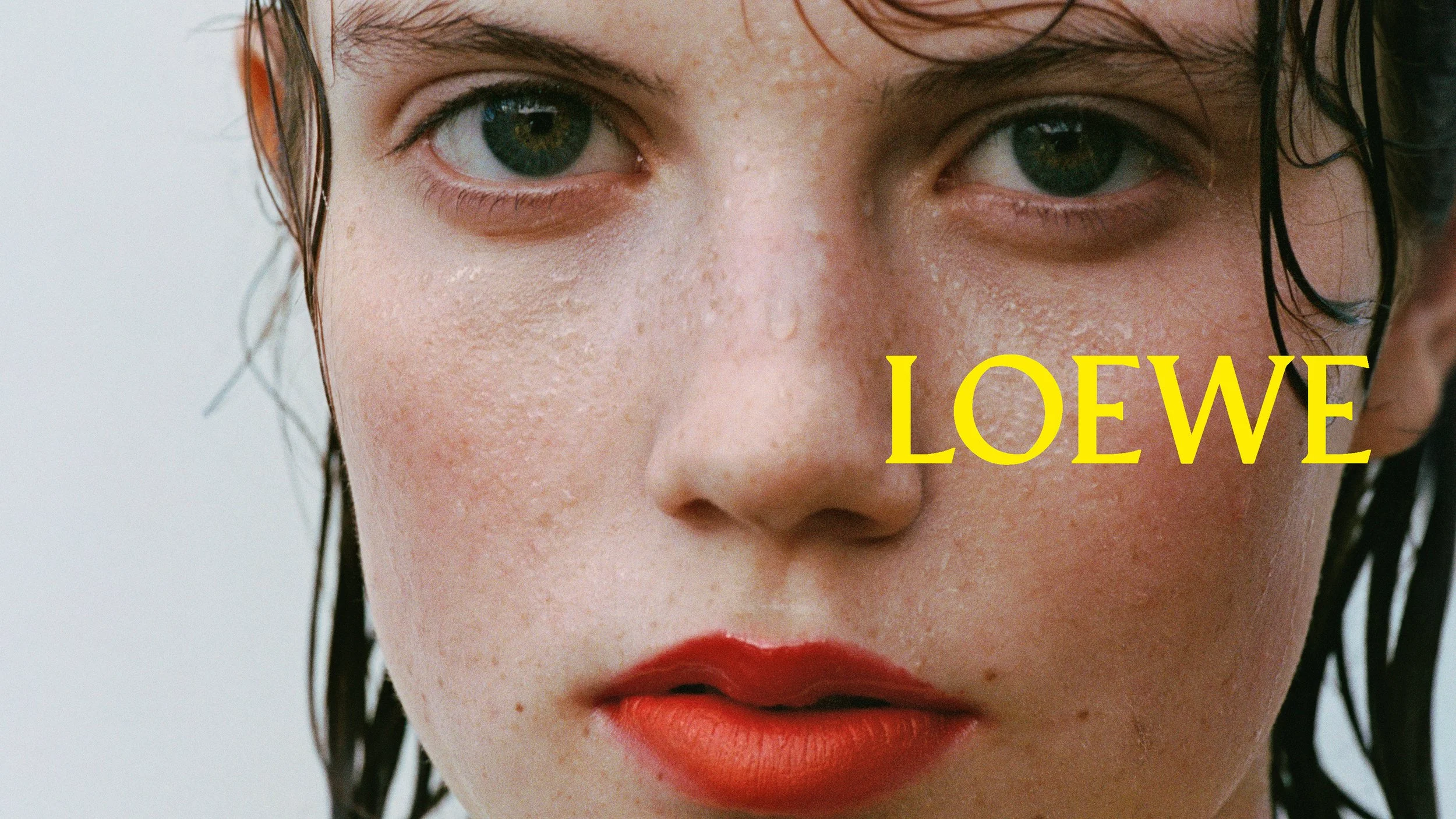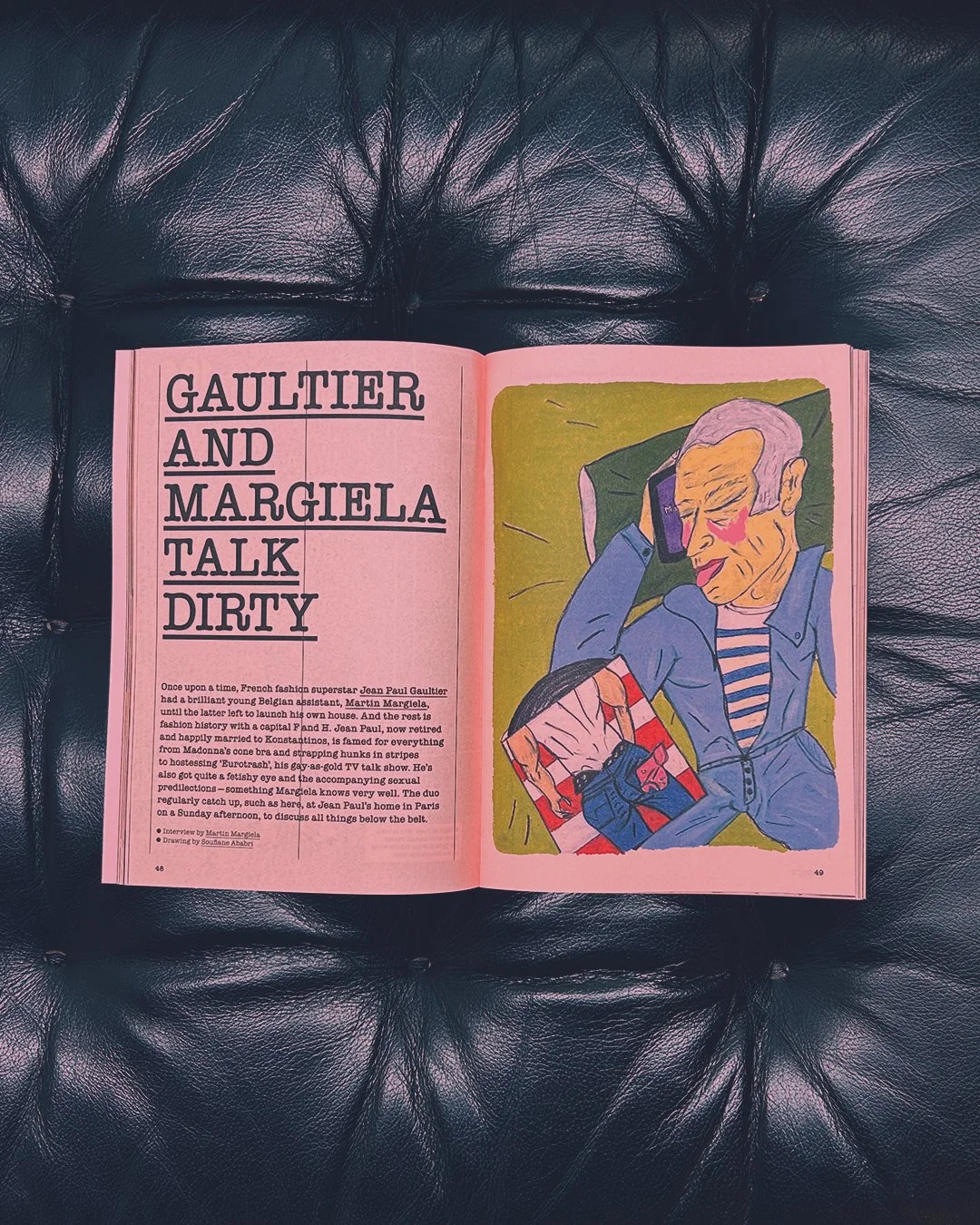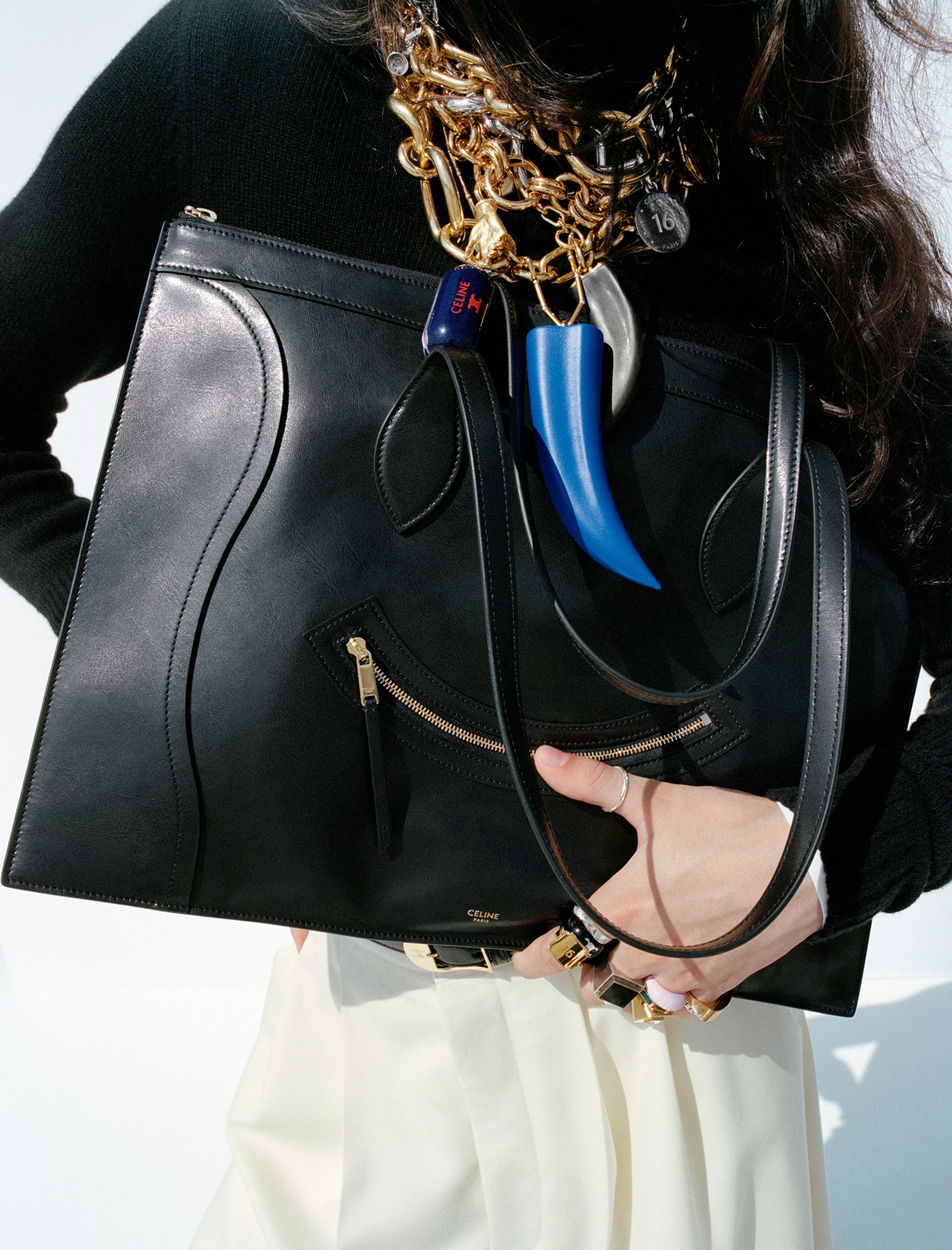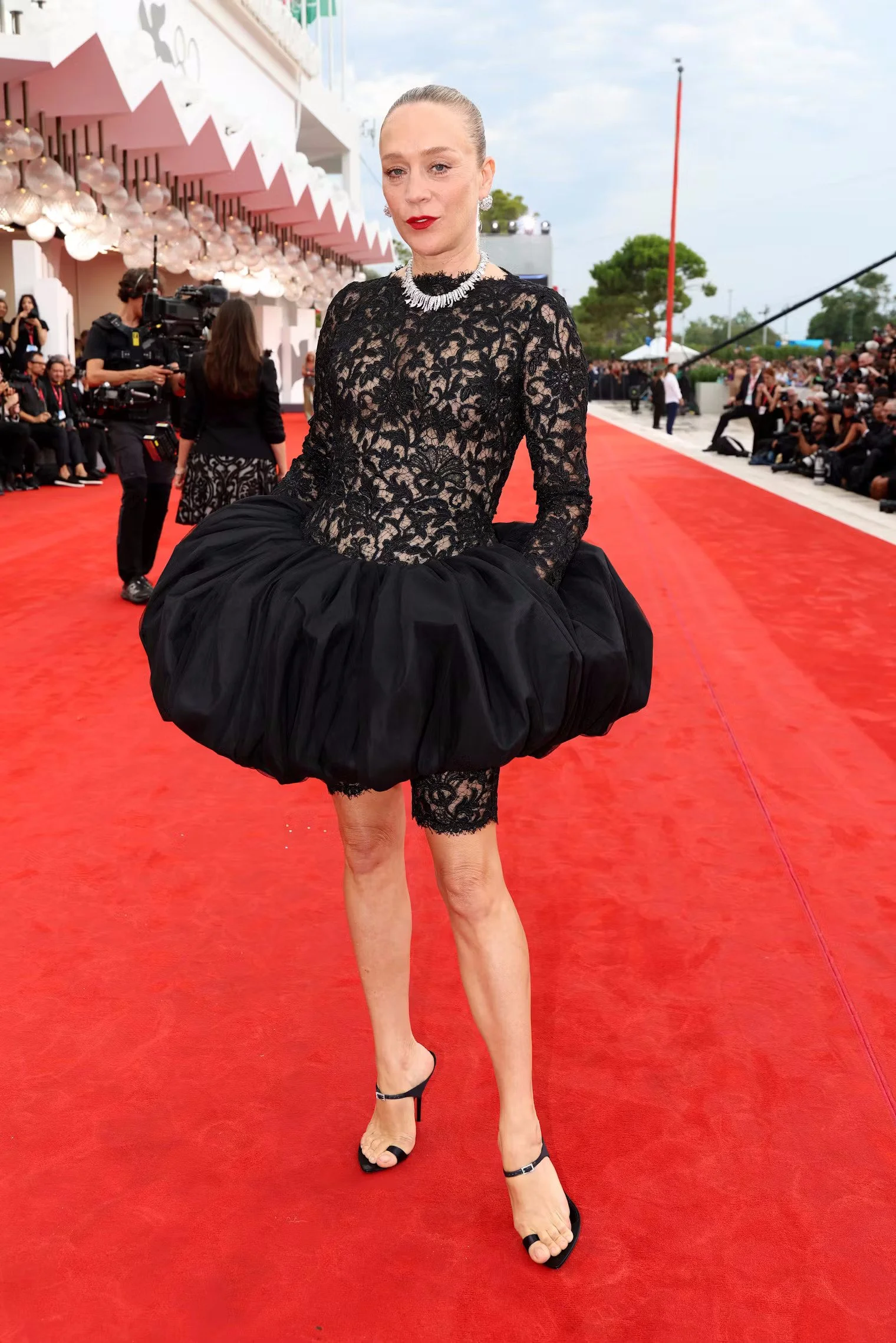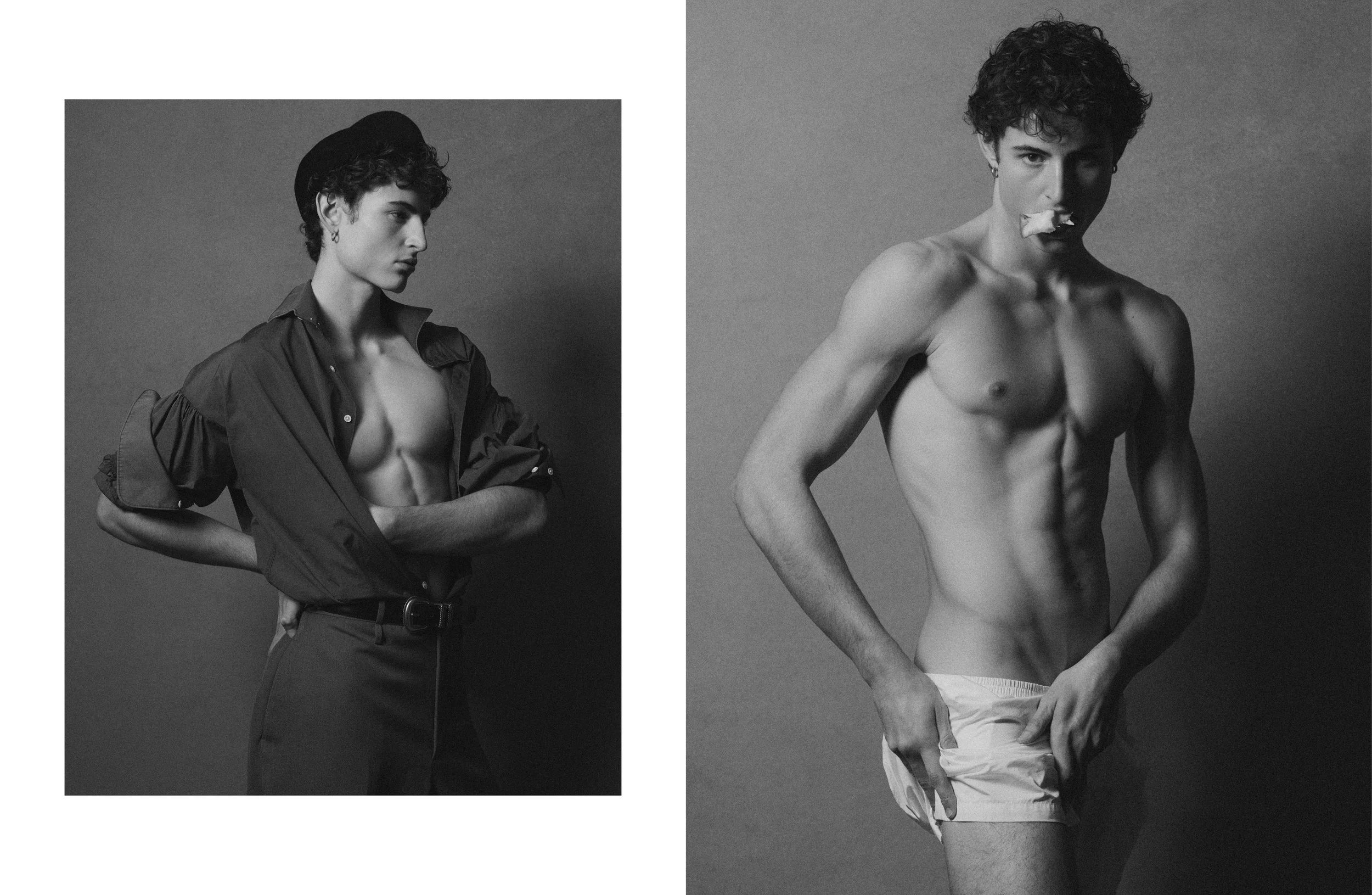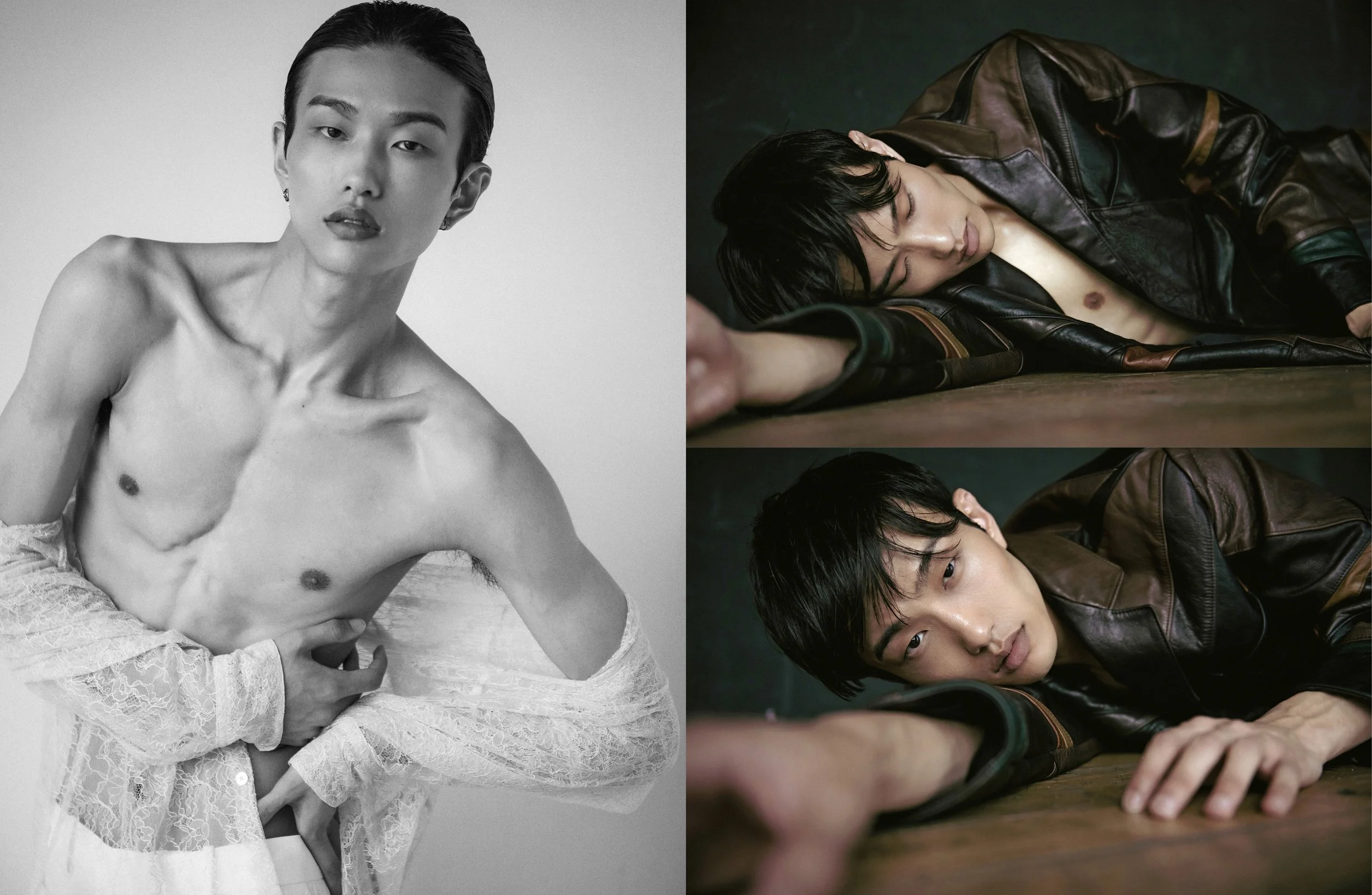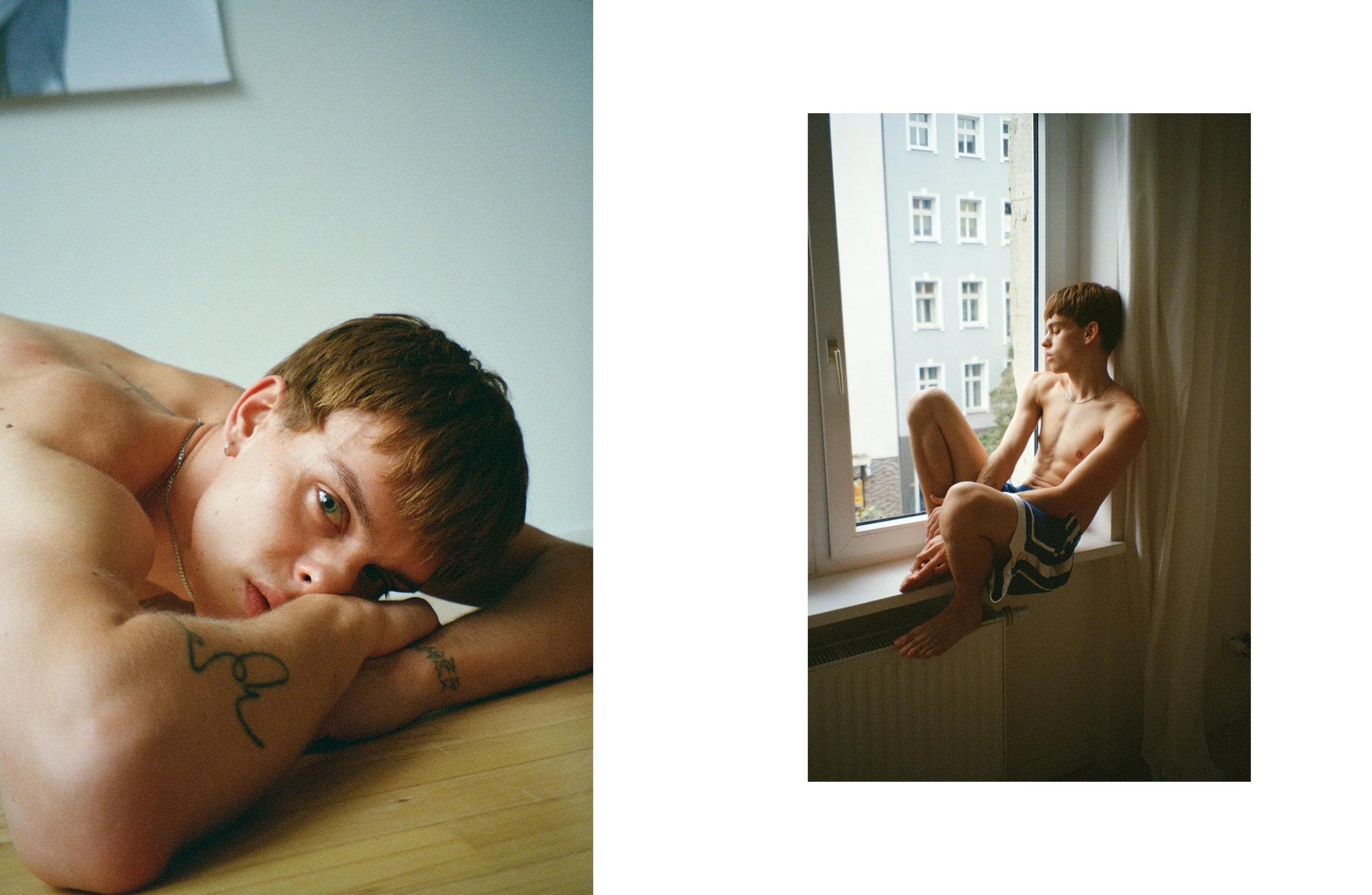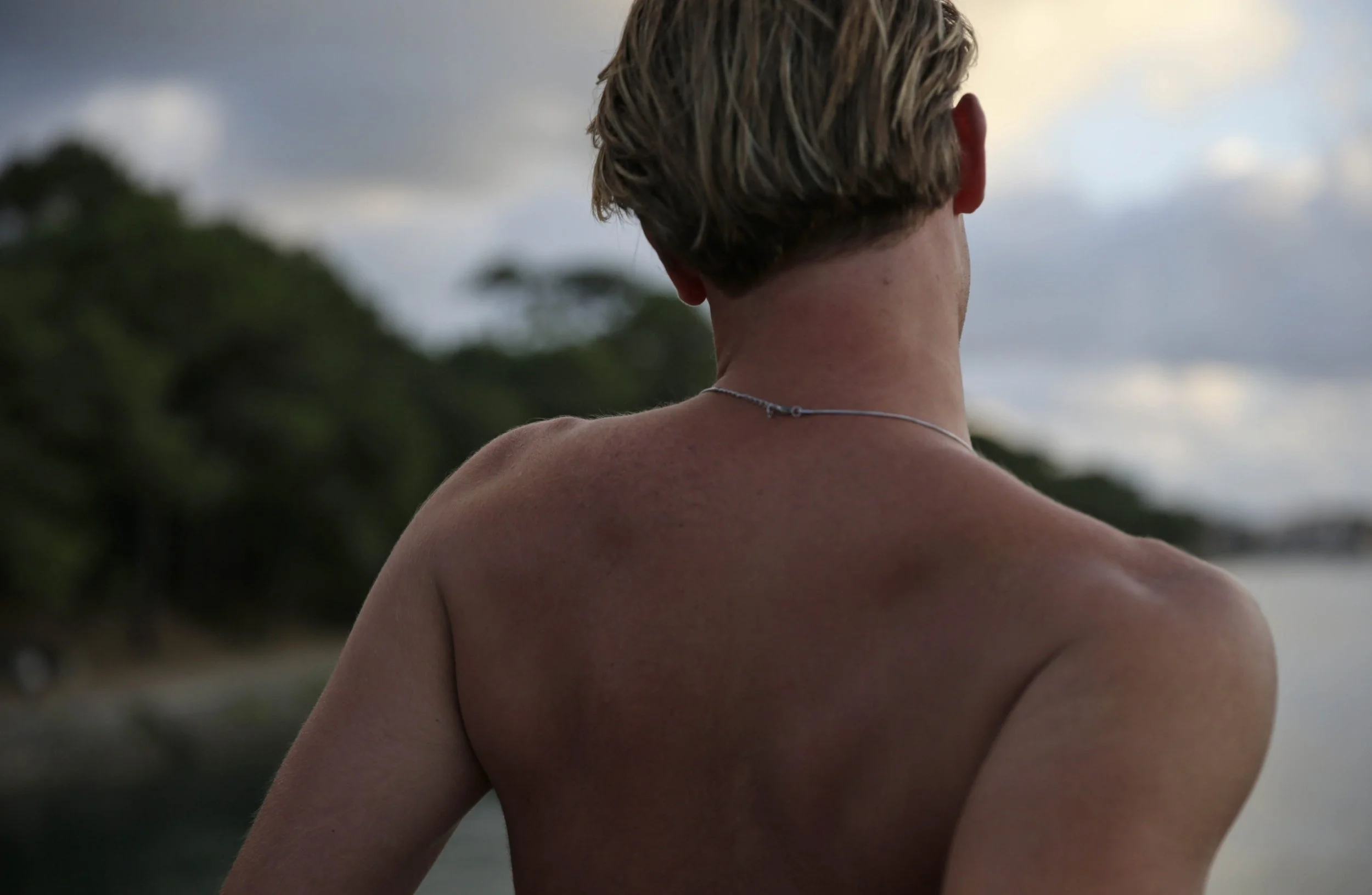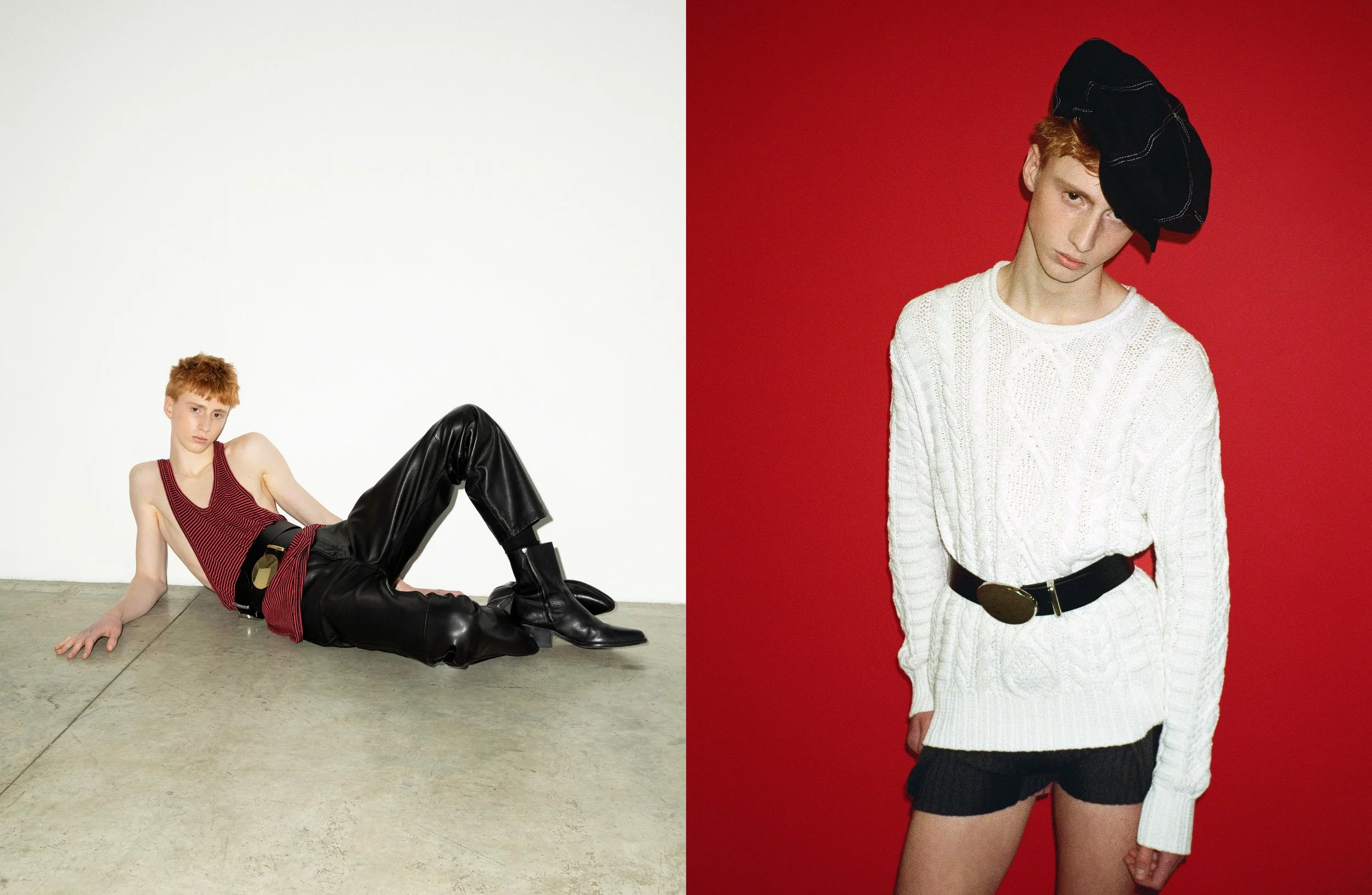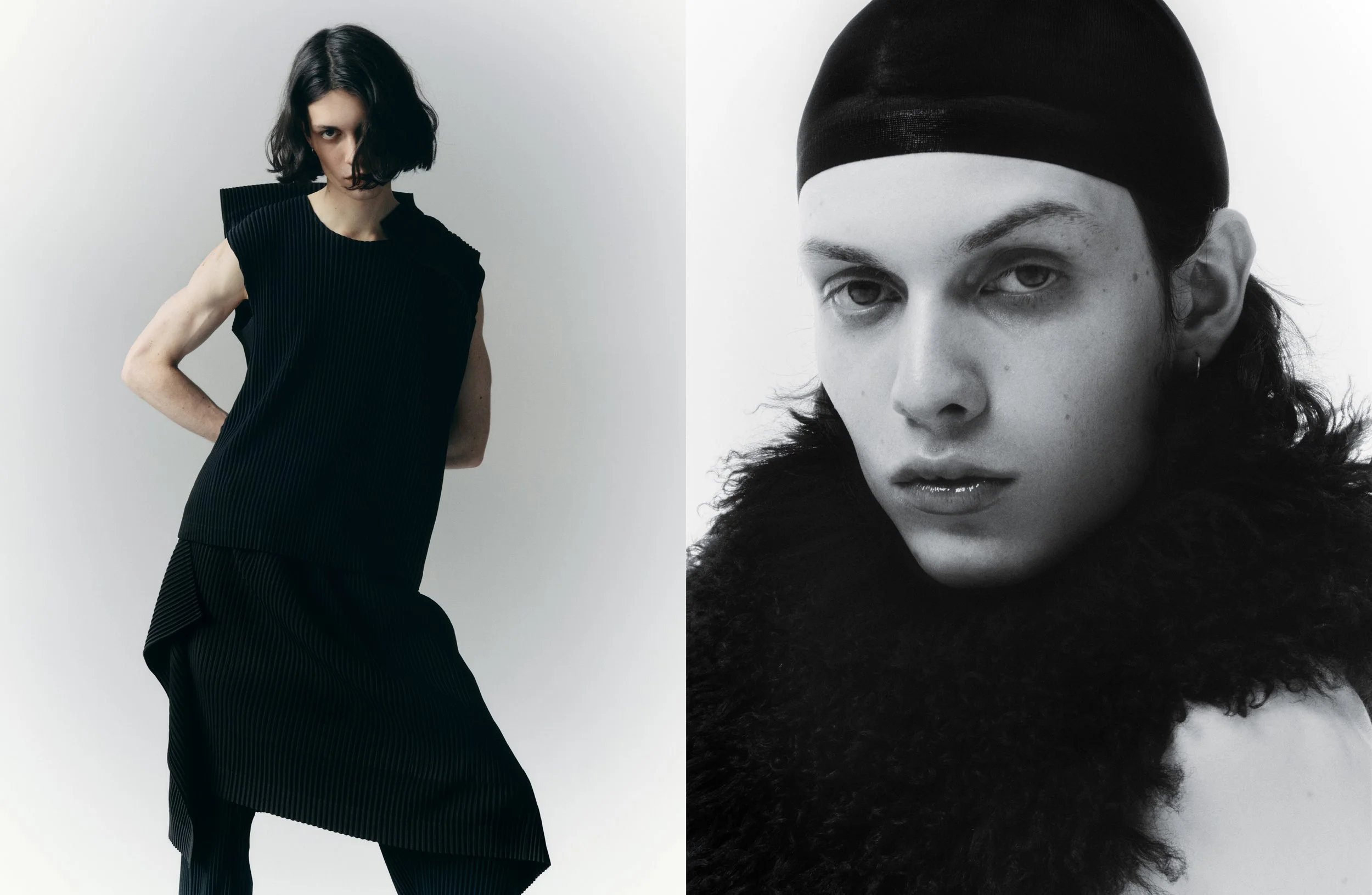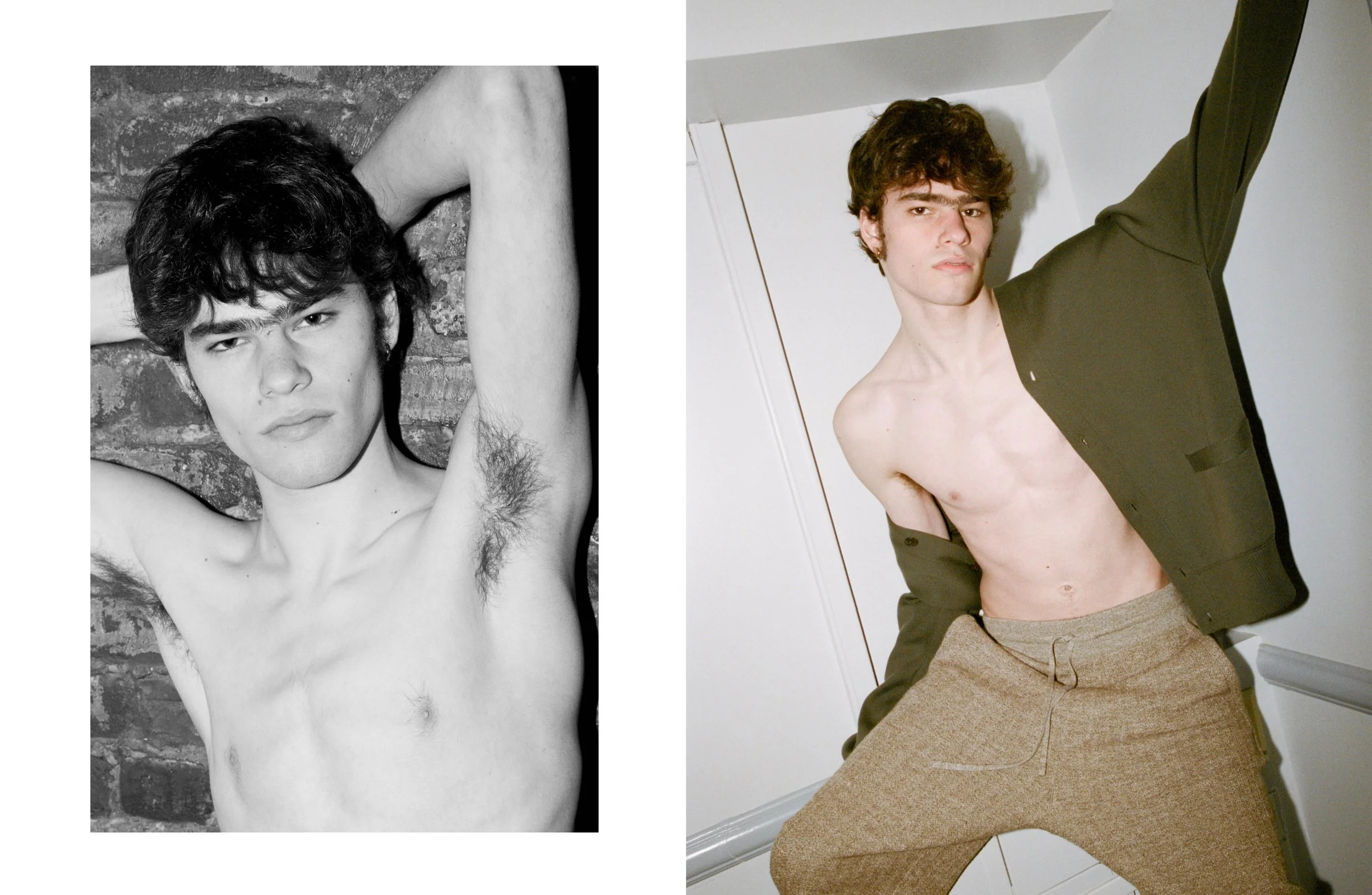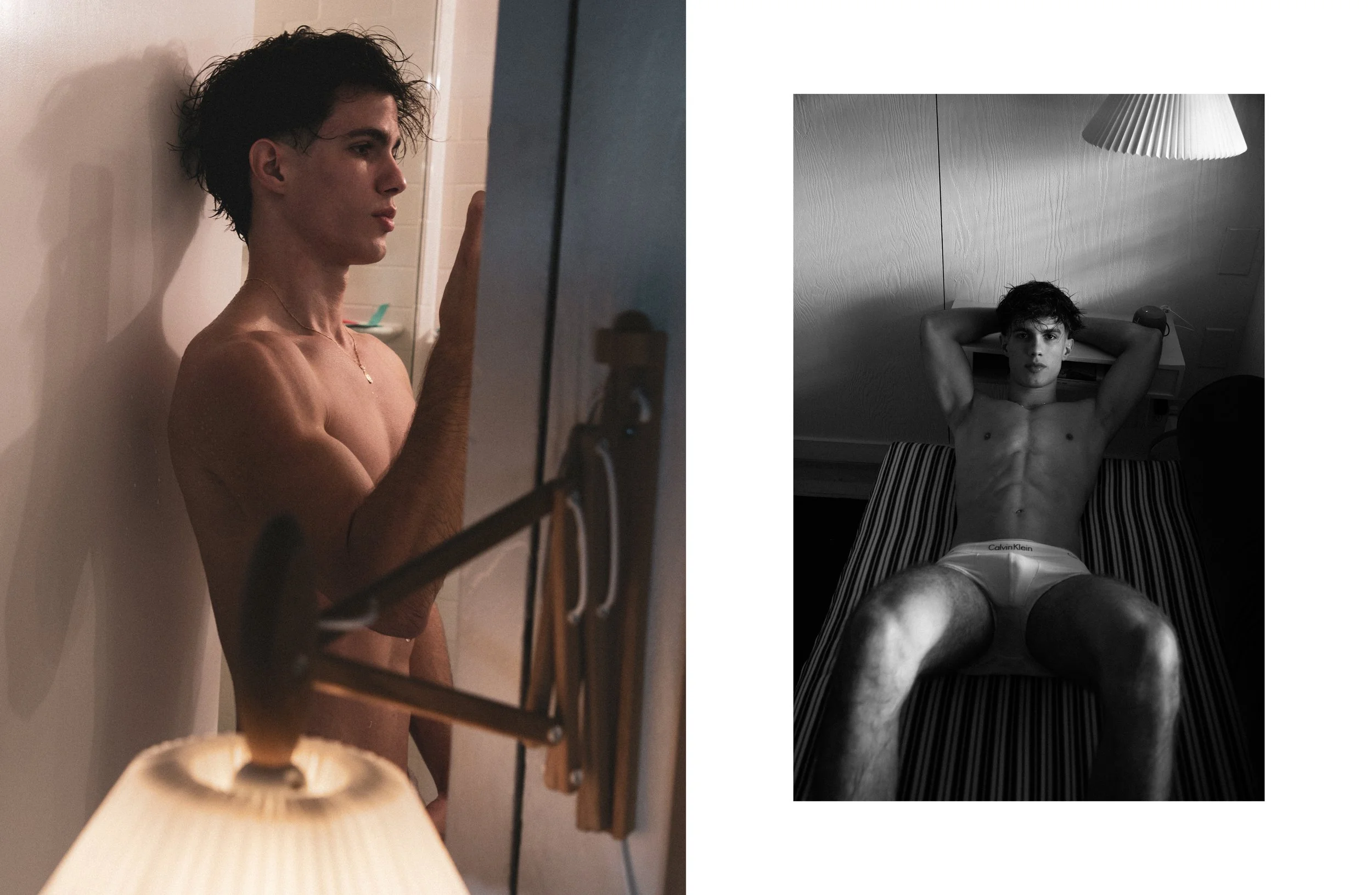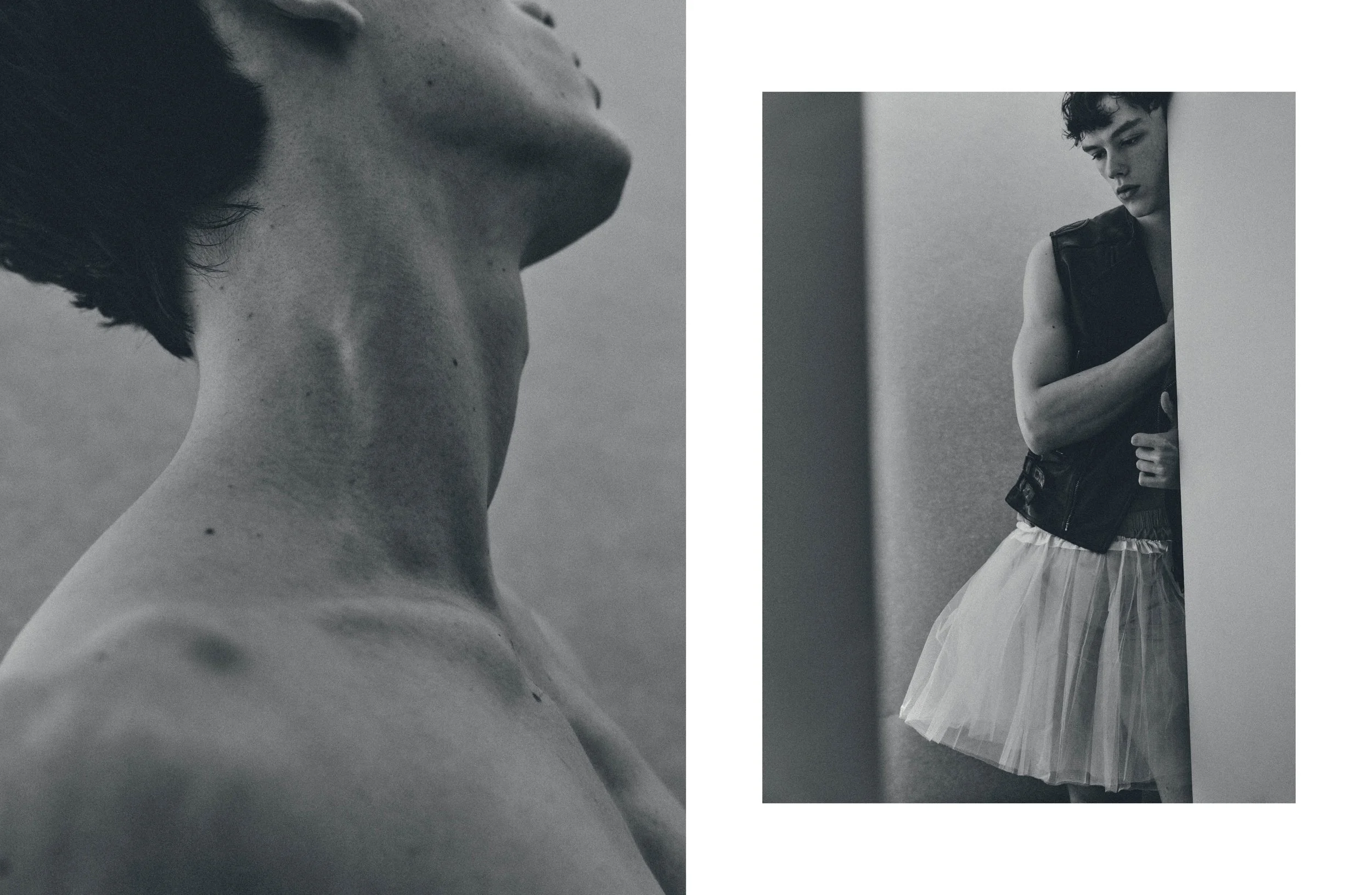In what marks the final collection designed by the studio before Matthieu Blazy makes his much-anticipated debut, Chanel delivered a quintessentially Chanel collection. Not in spite of its transitional nature, but because of it. The Grand Palais was adorned with a giant bow—an overture to the collection’s central motif—around which models circled as if orbiting Chanel’s ever-iconic codes.
The usual suspects were all accounted for: tweed sets, quilted bags, and this time, bows—lots and lots of bows. While the one on the catwalk was undoubtedly the largest, others were scattered throughout the collection, appearing in prints, tucked into models’ hair, embroidered onto garments, and even reimagined as jewelry.
However, even within the brand’s signature vocabulary, there were playful deviations. One of the show’s first looks was a white tweed set layered beneath a black tulle overlay, its billowing silhouette evoking the shape of a gown. This interplay of structure and lightness recurred throughout the first section of the 70-look lineup, gradually giving way to ruffled collars on suit jackets and shift dresses. There were moments of intrigue—like a denim set that seamlessly faded into translucent white edges, a testament to the skill of an atelier whose savoir-faire has sustained the house for decades.
Yes, the anticipation of a new creative force at the helm of one of the biggest brands—not just in luxury, not just in fashion, but of all time—is thrilling. But collections like these remind us that with a legacy as formidable as Chanel’s, we’re in very good hands.
Words by Pedro Vasconcelos













